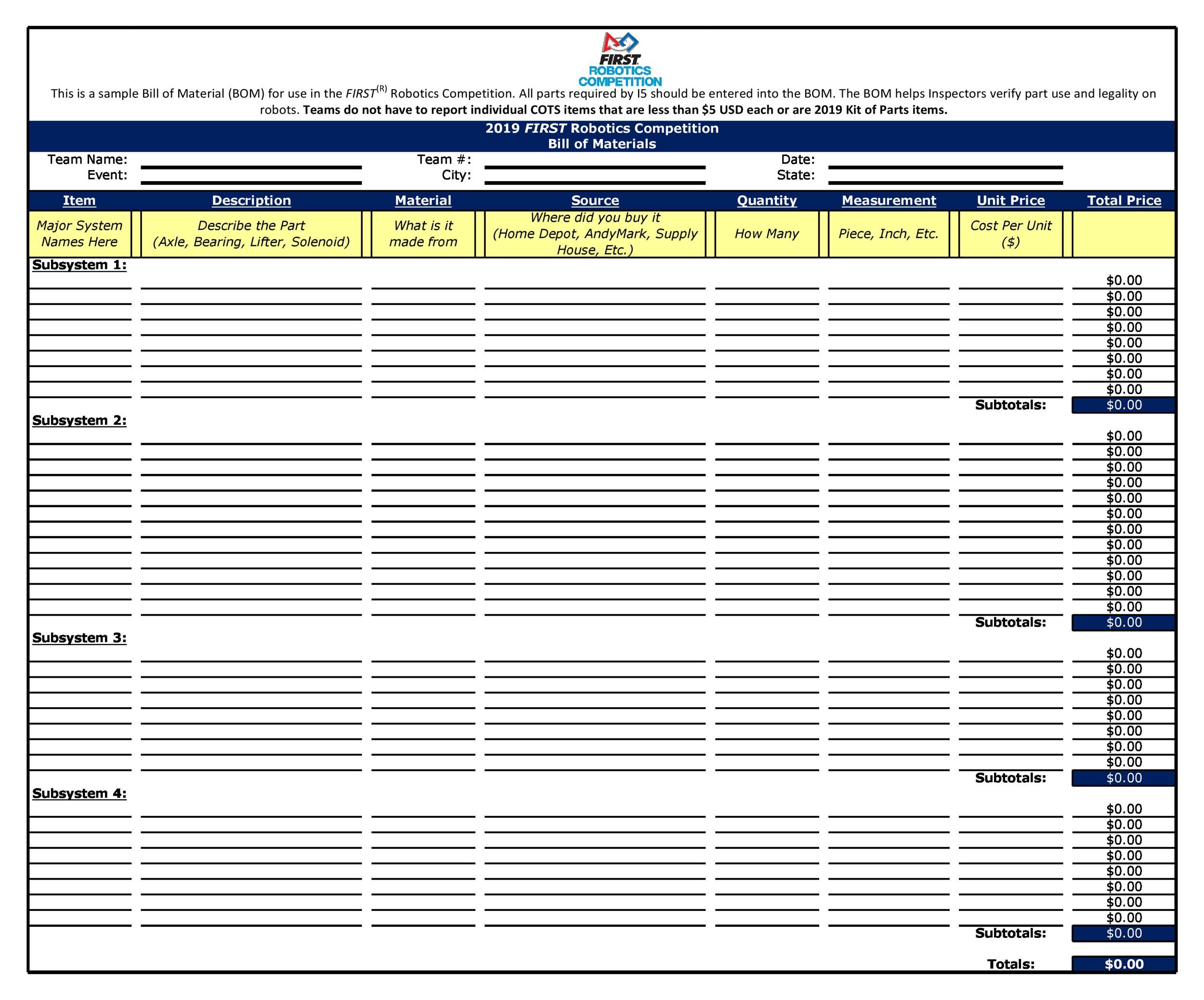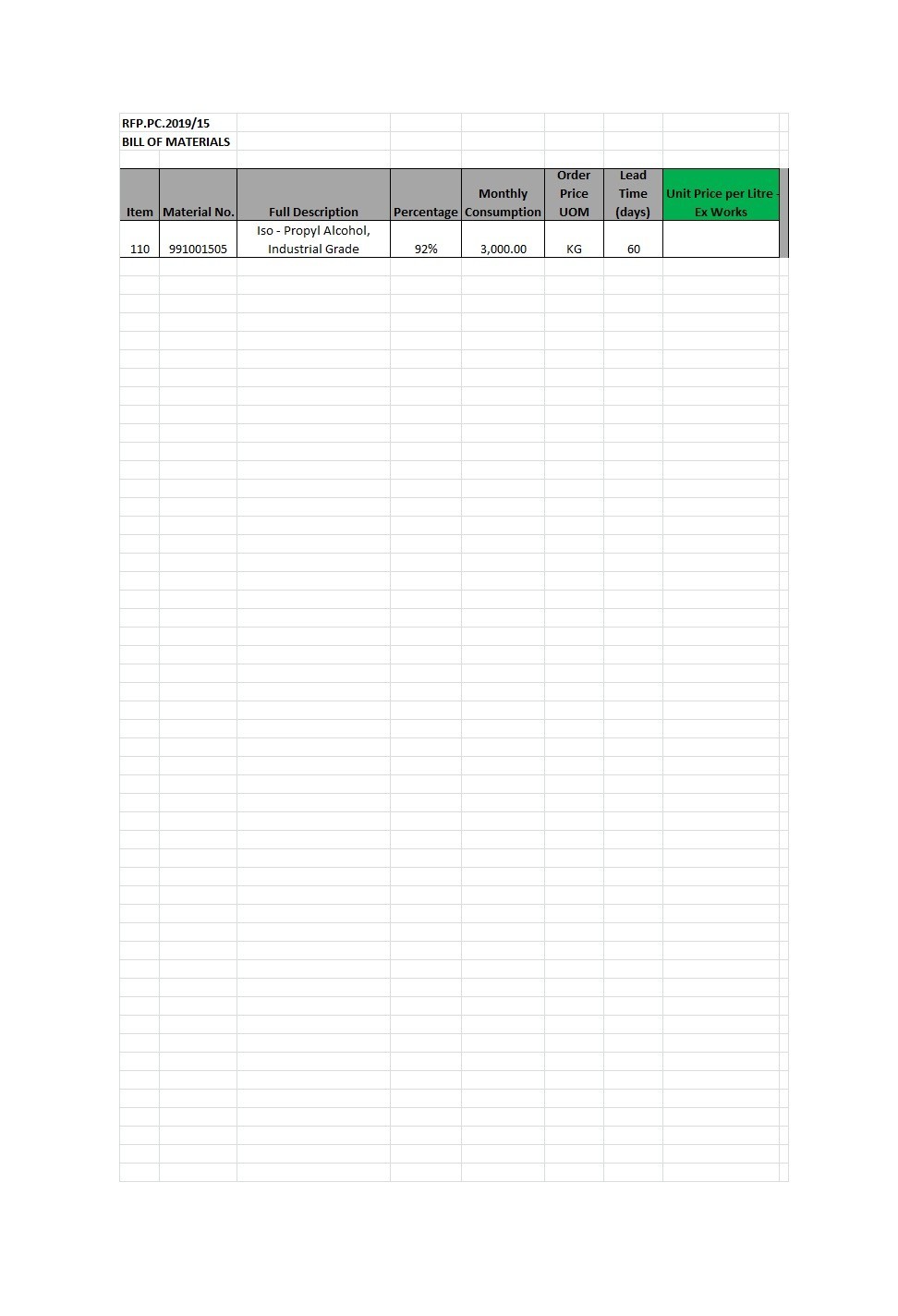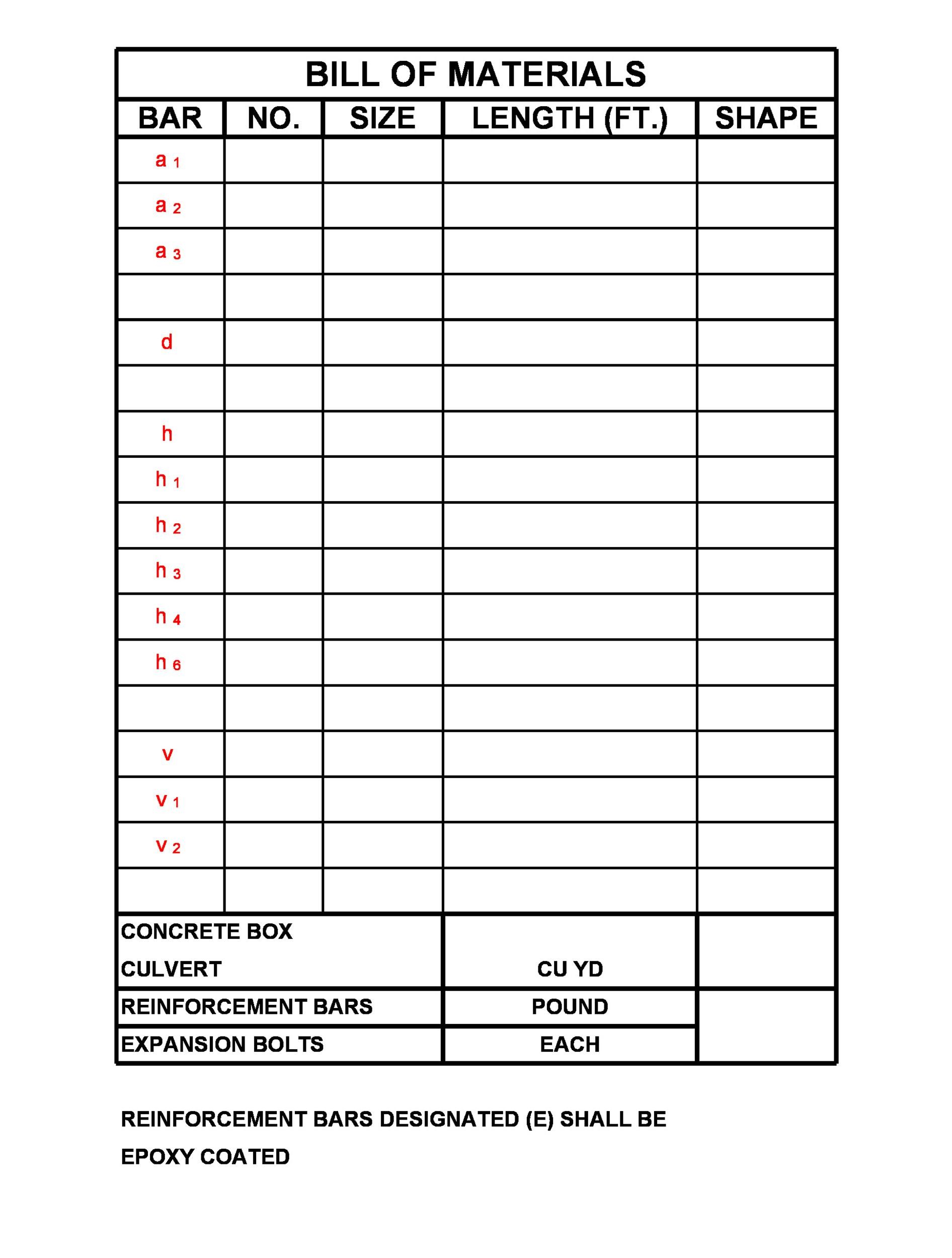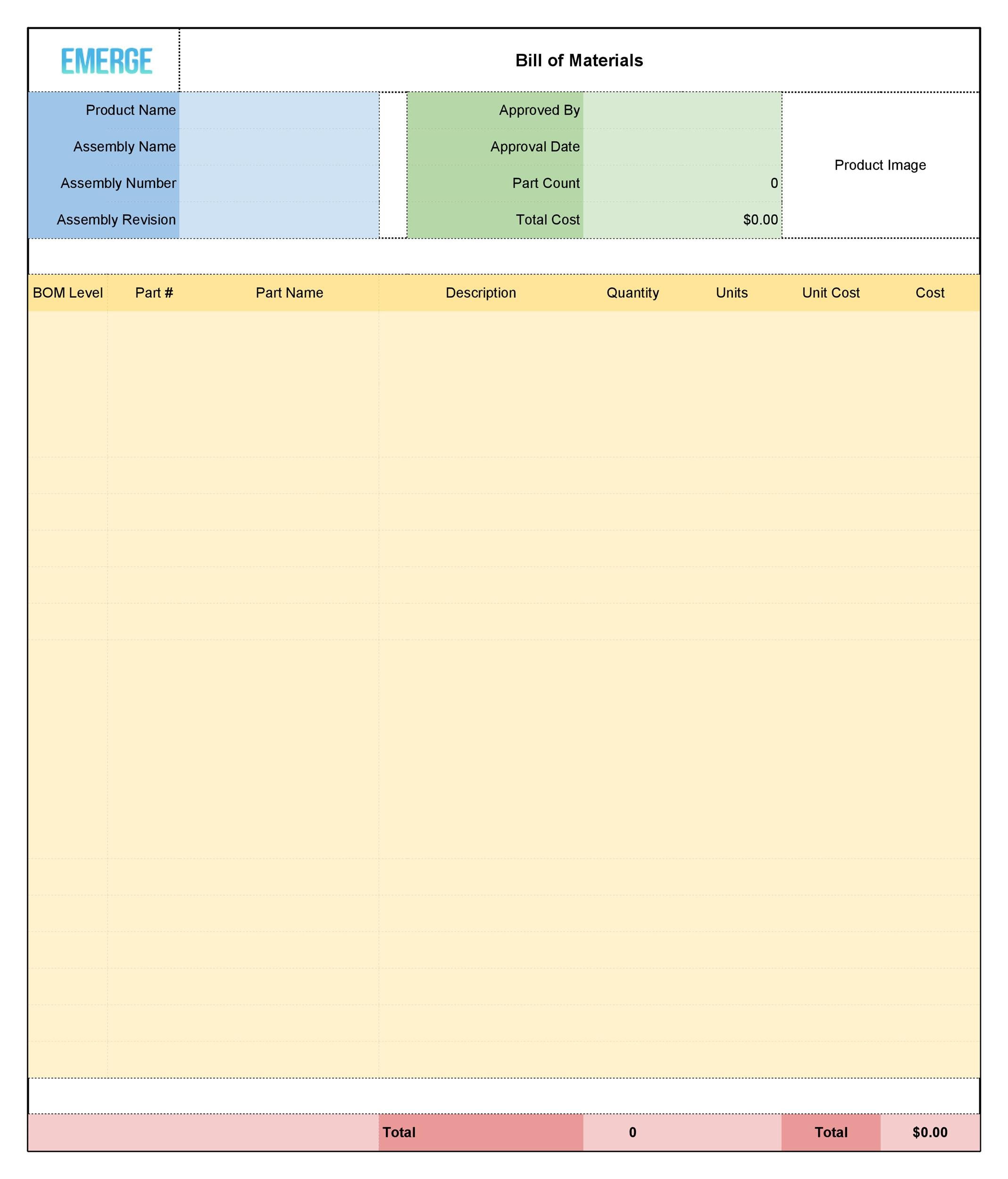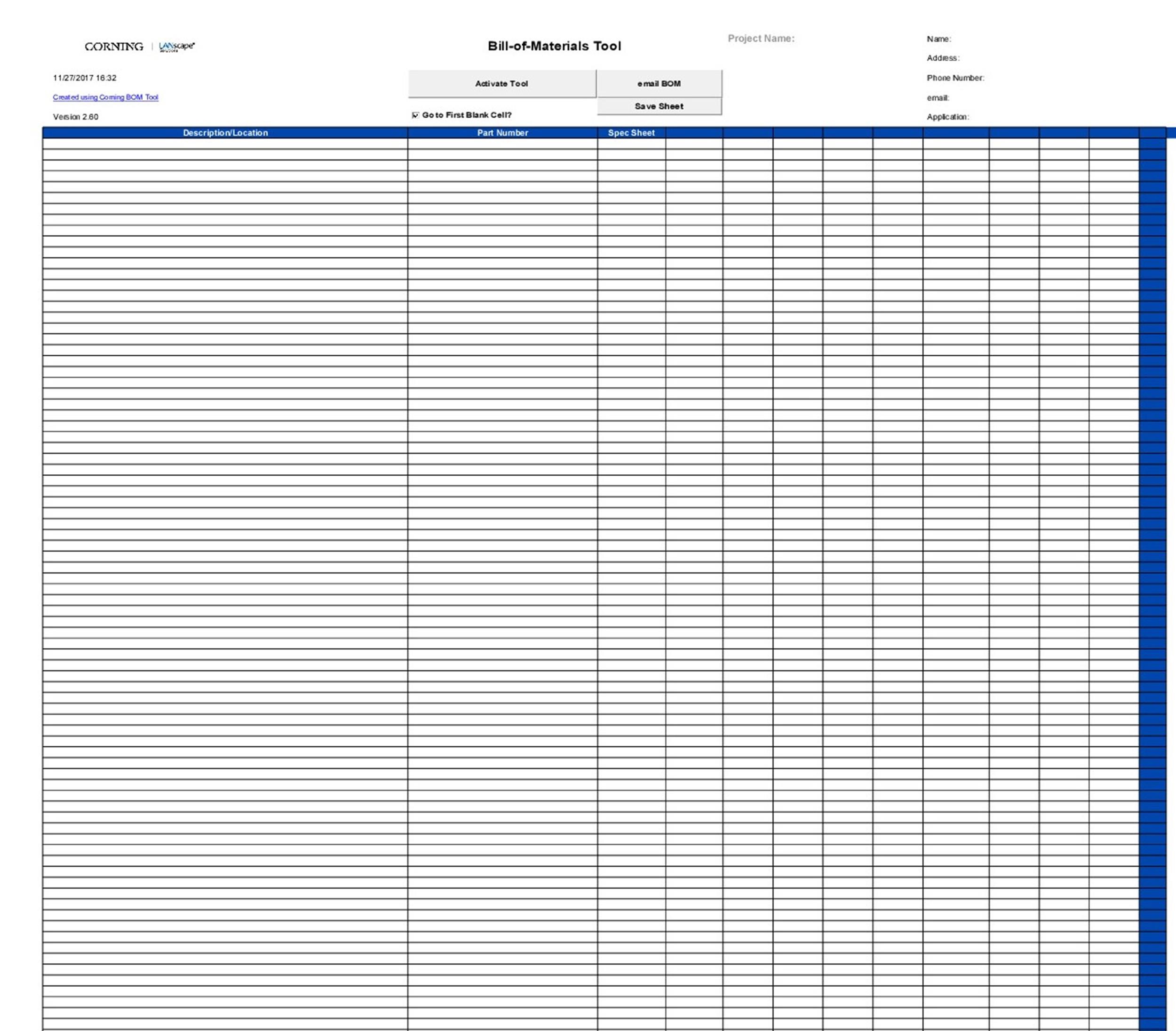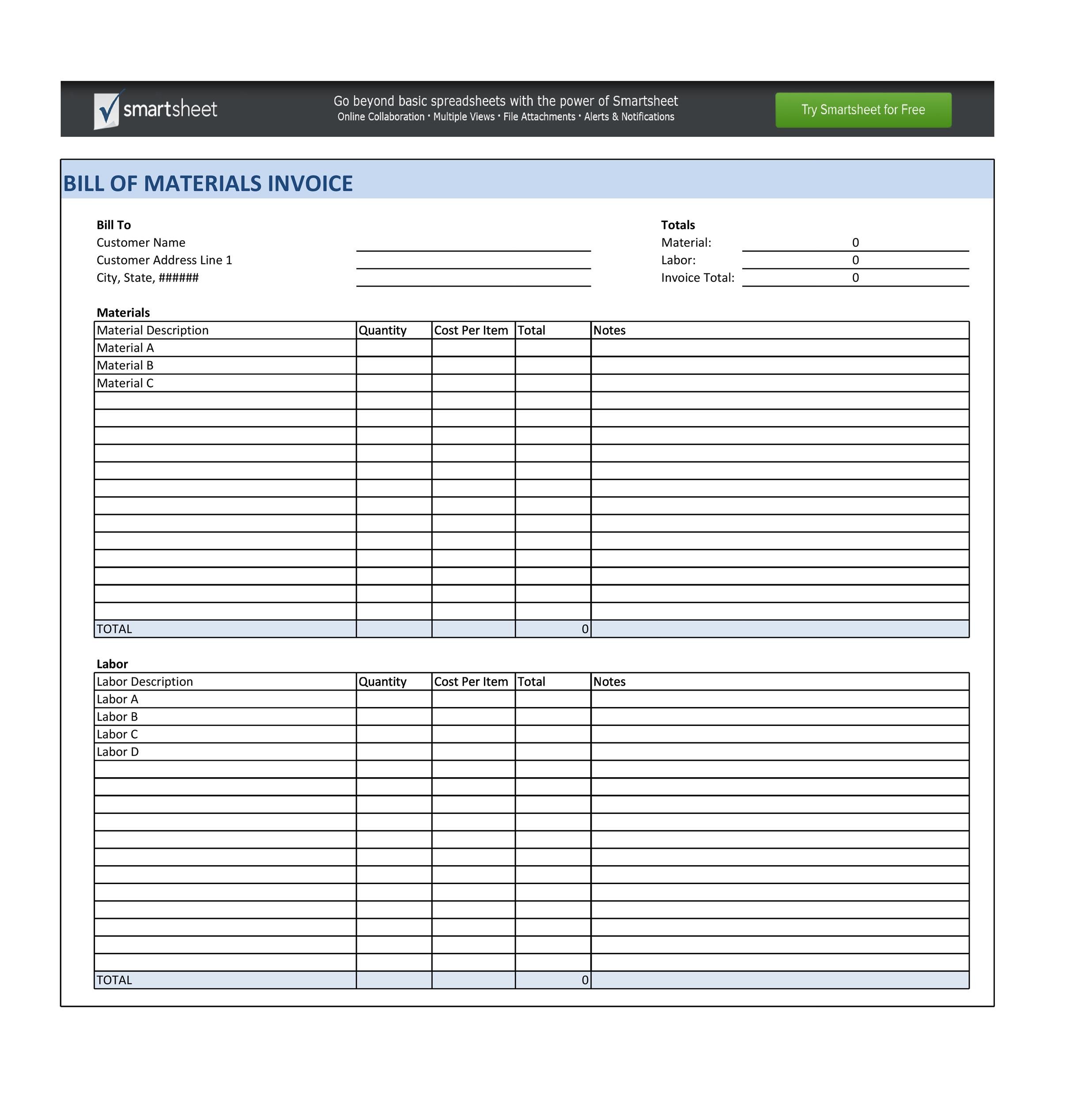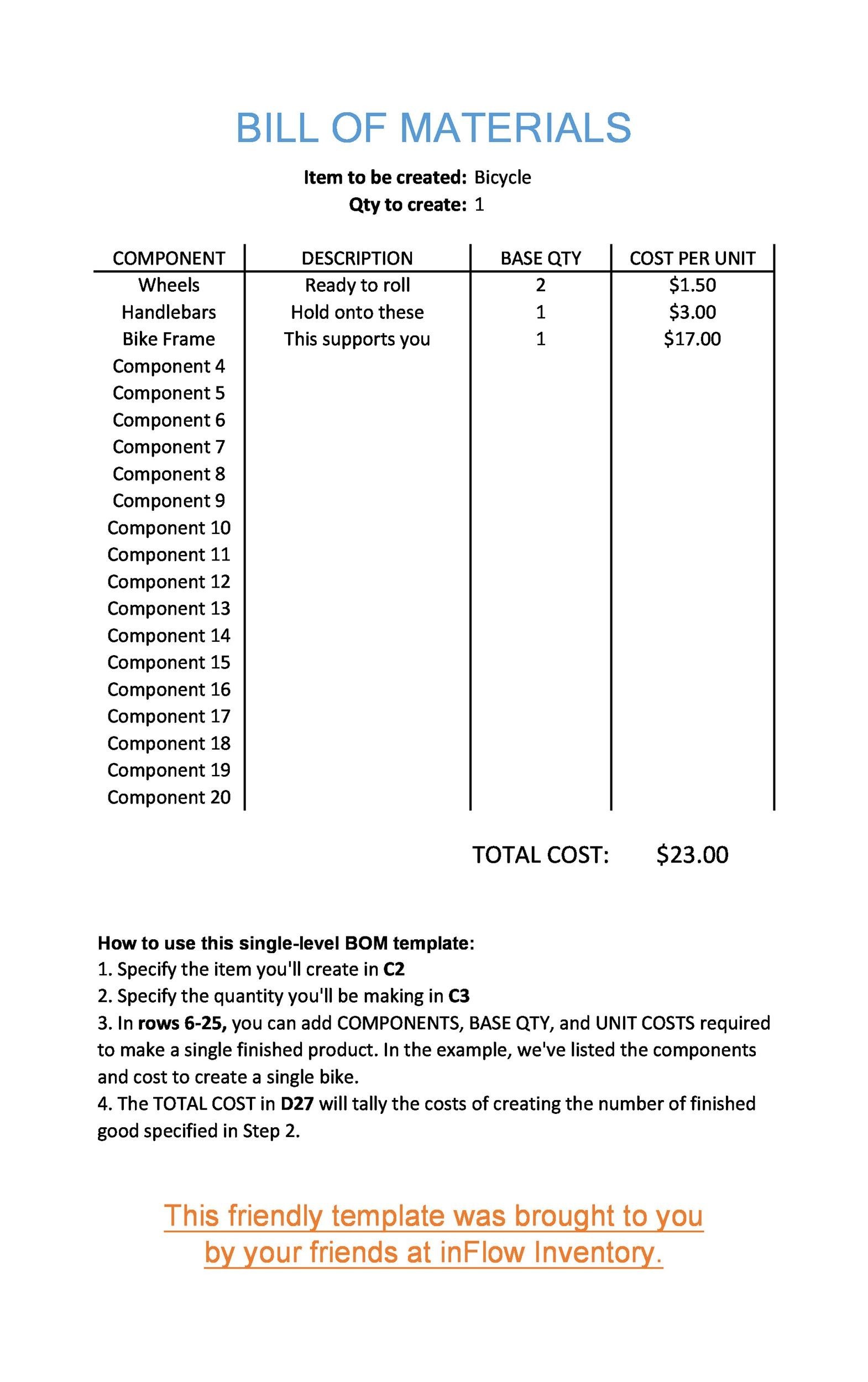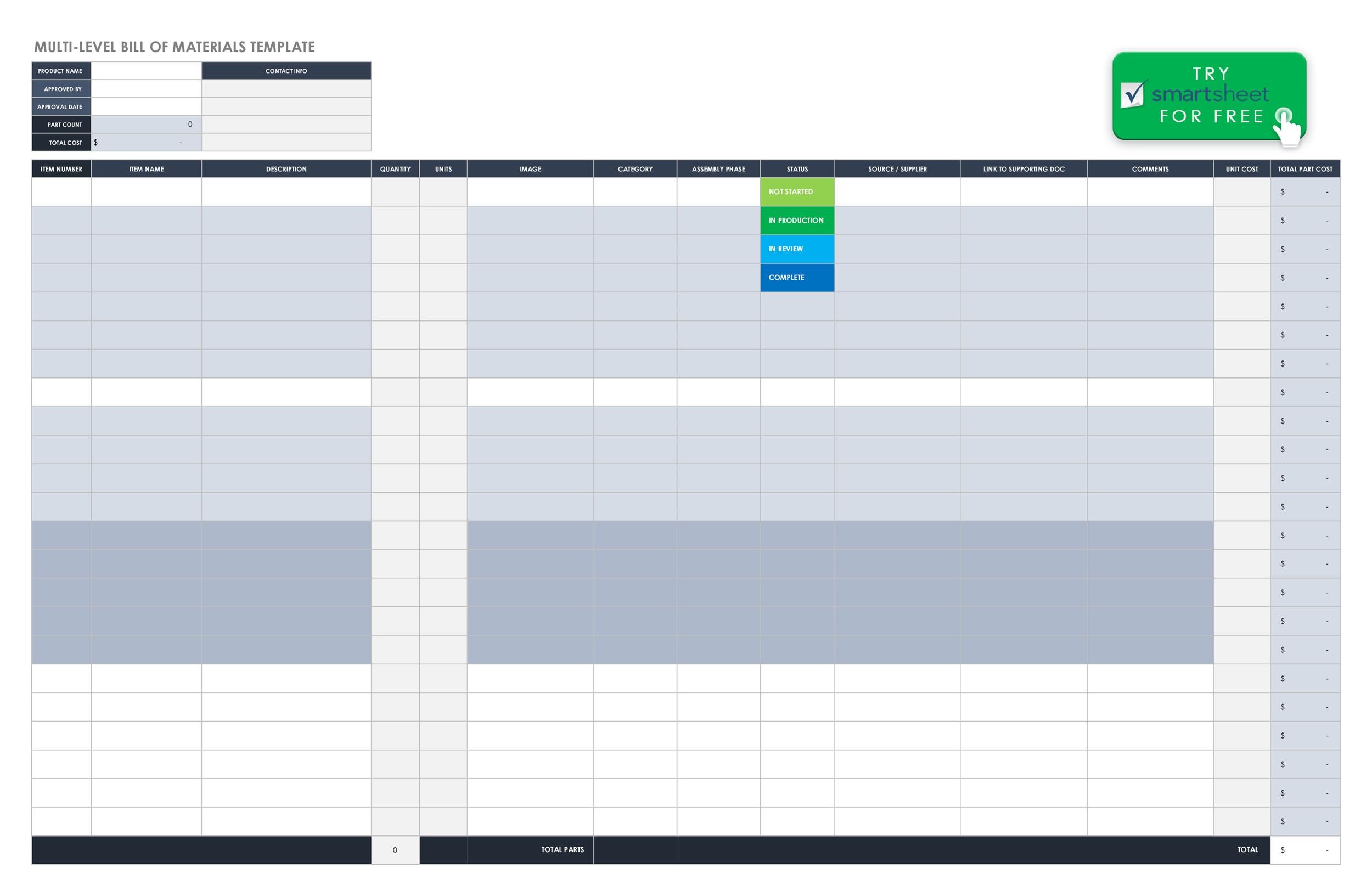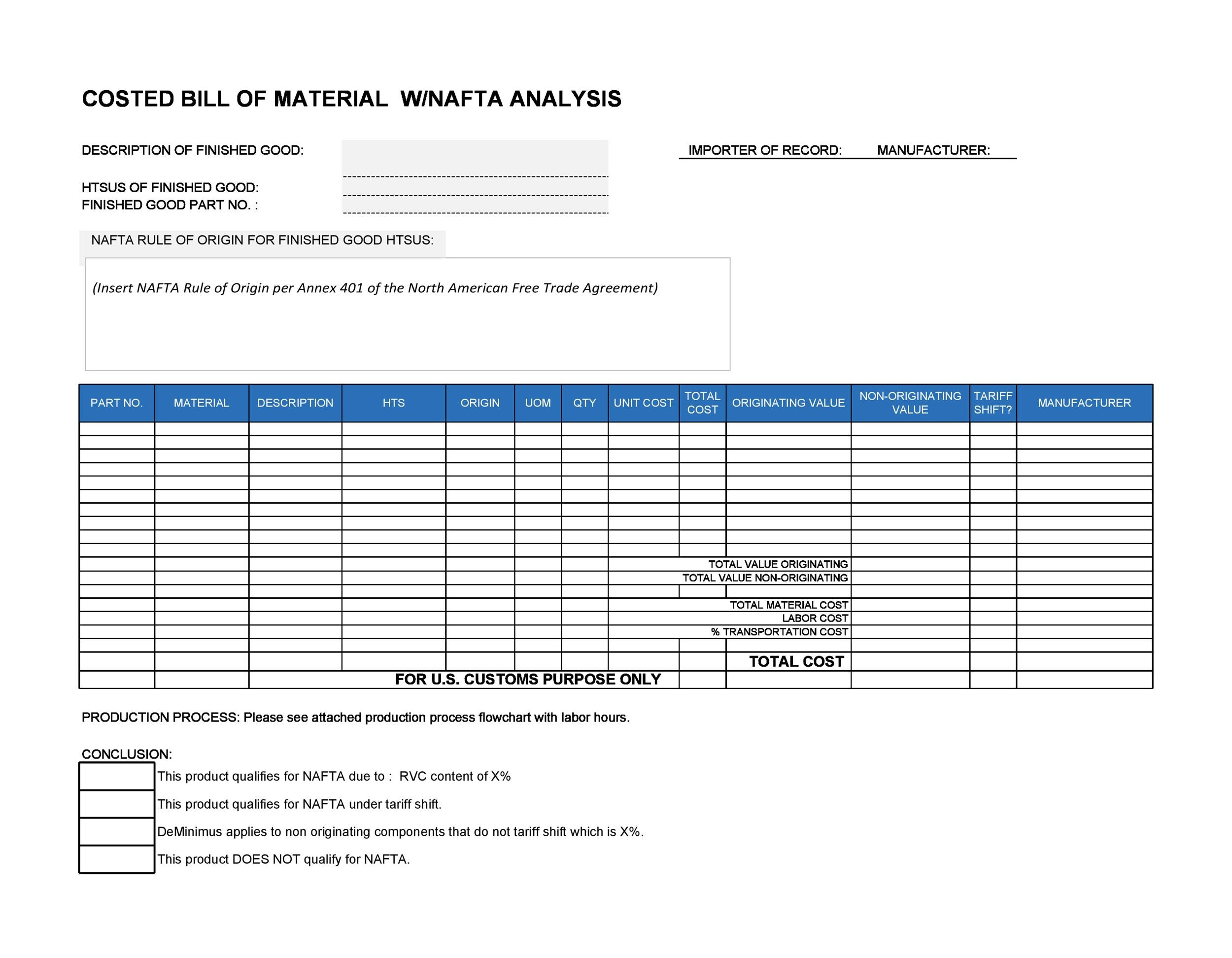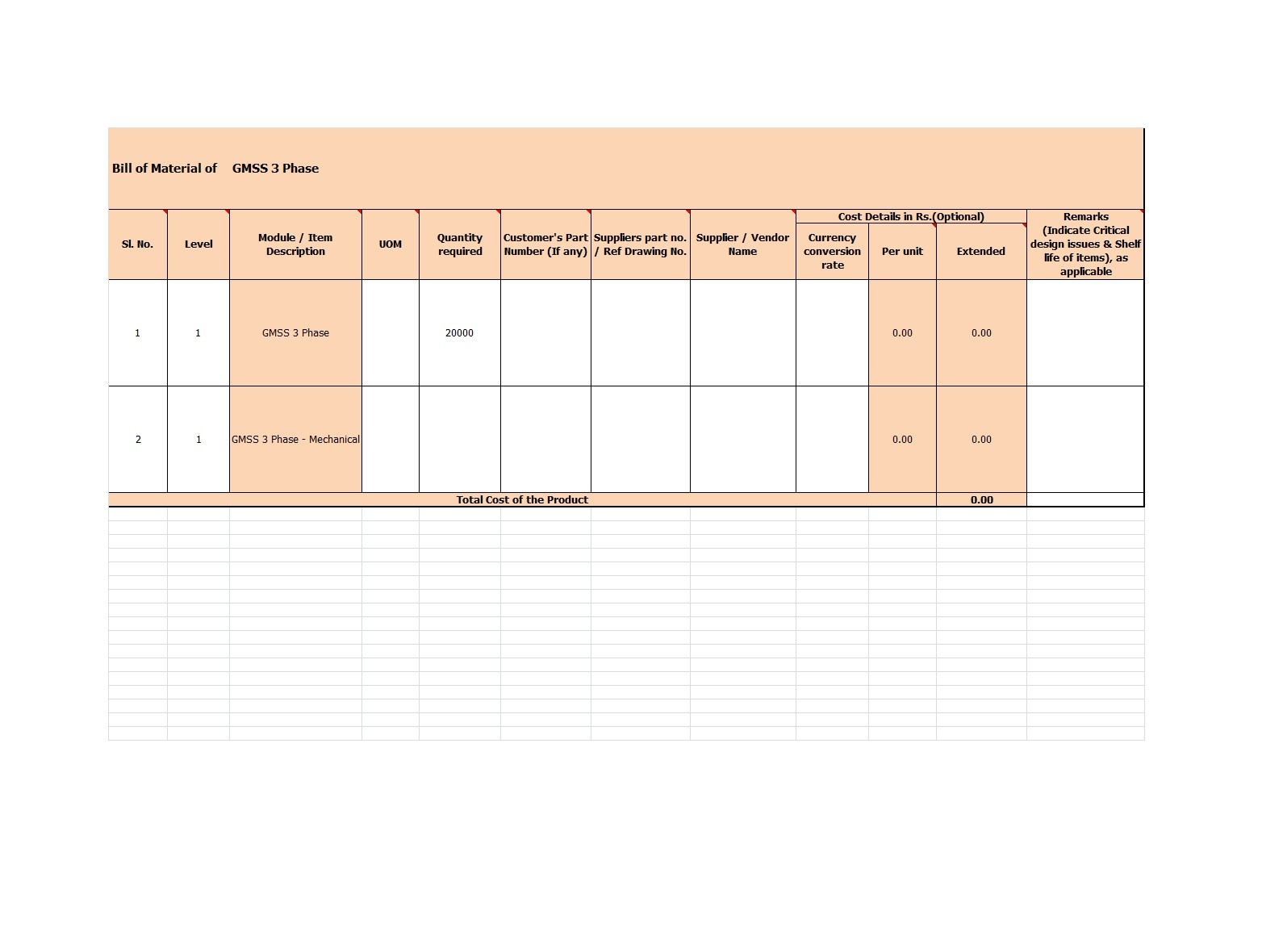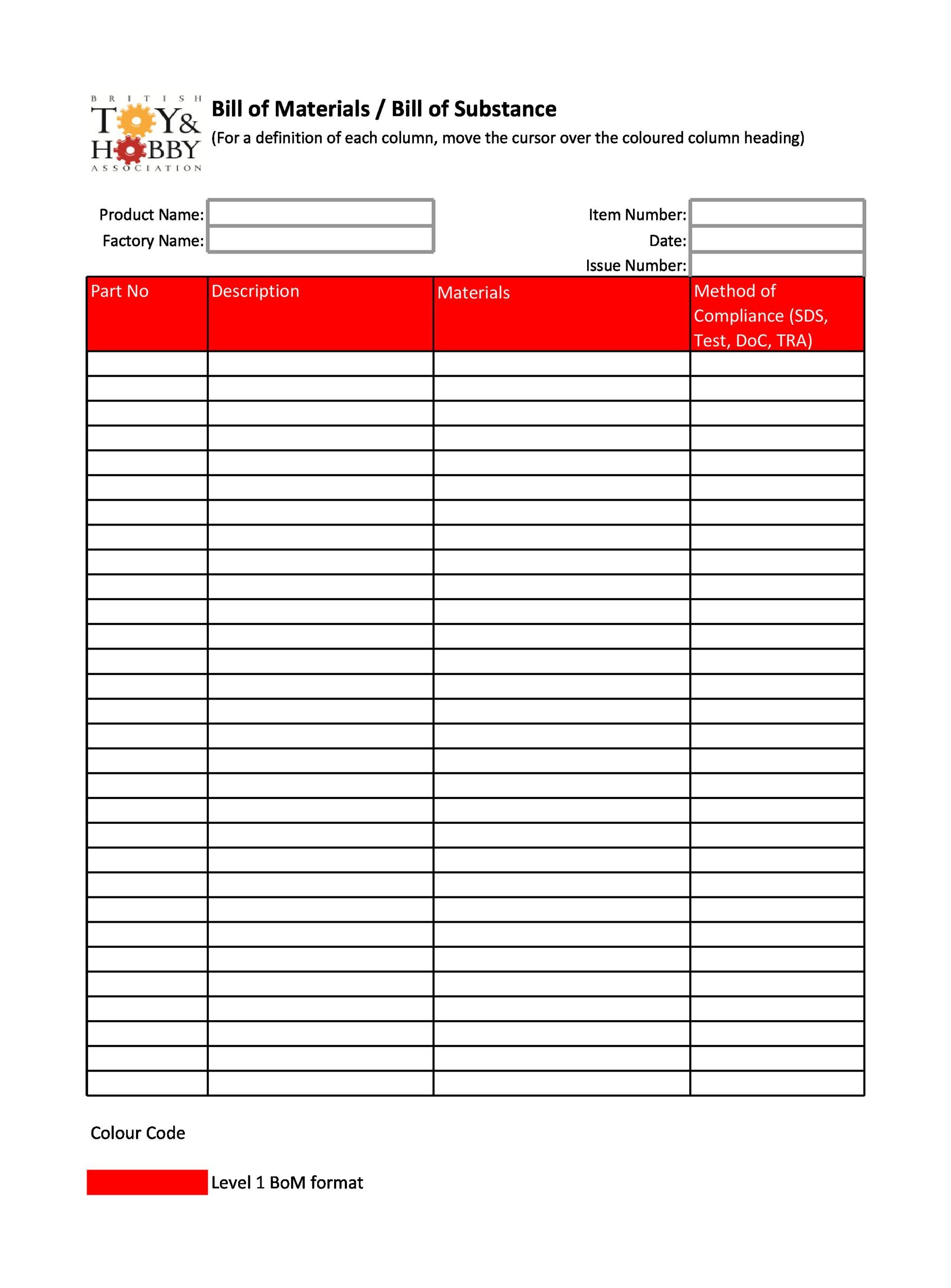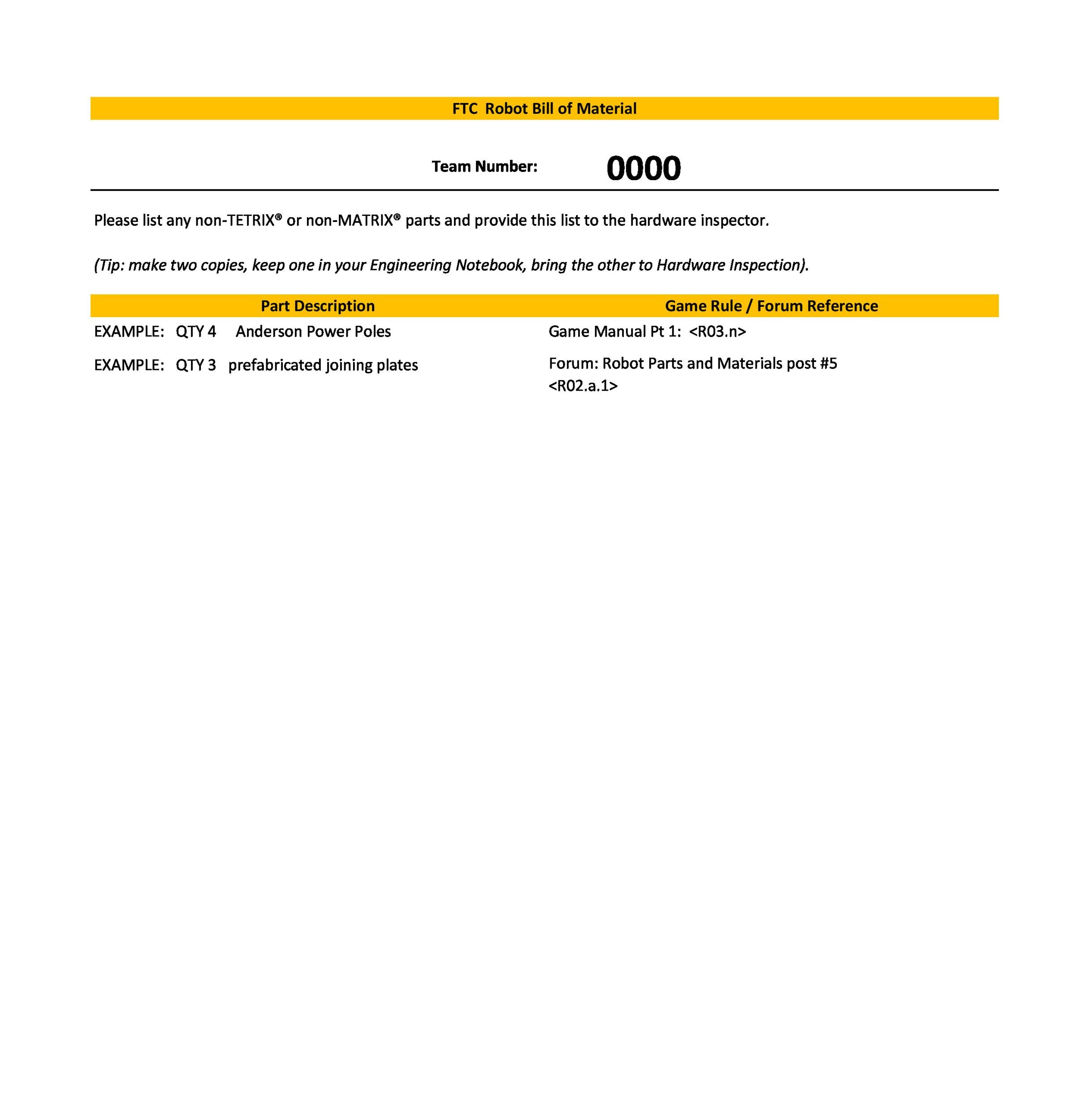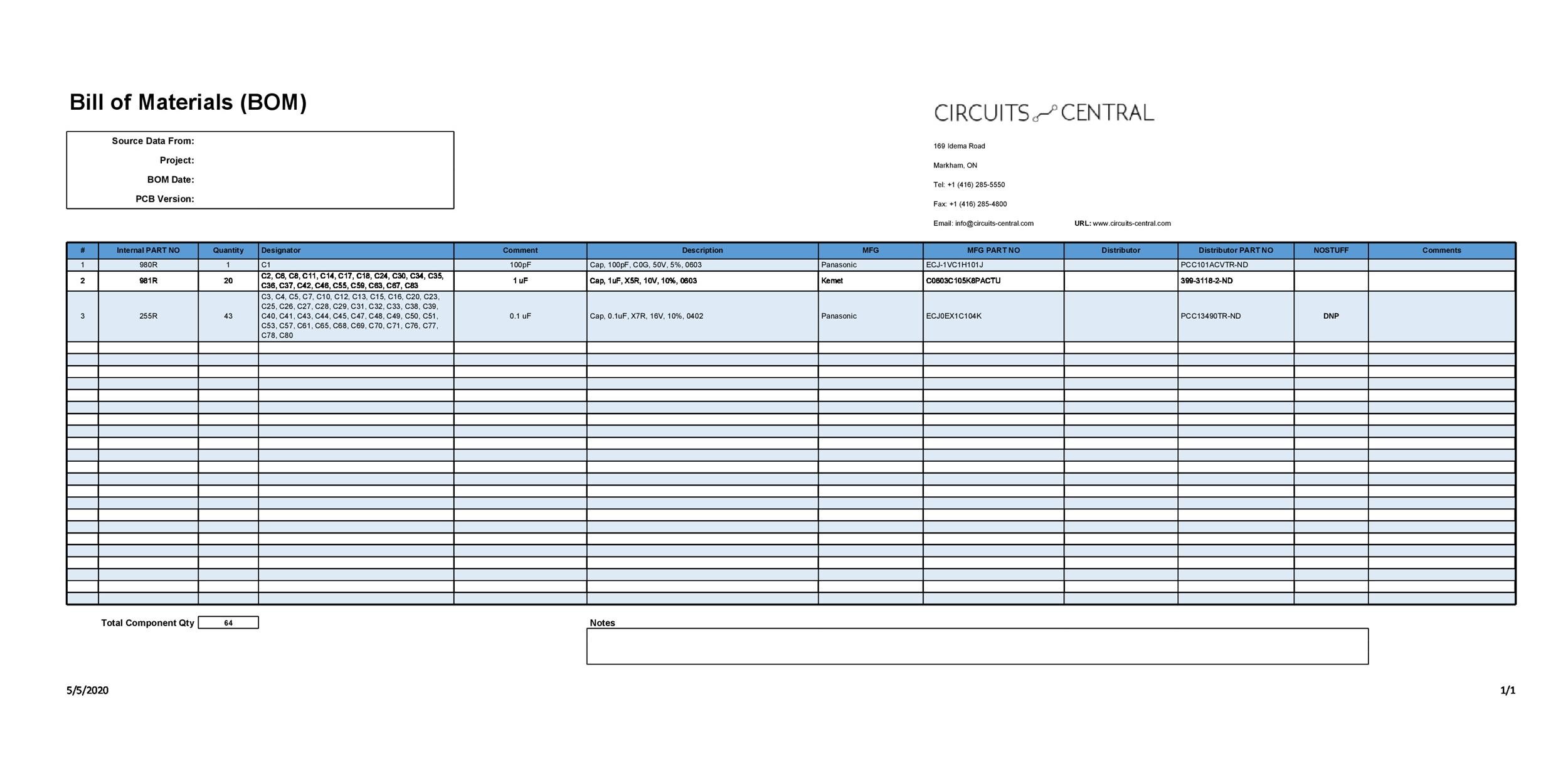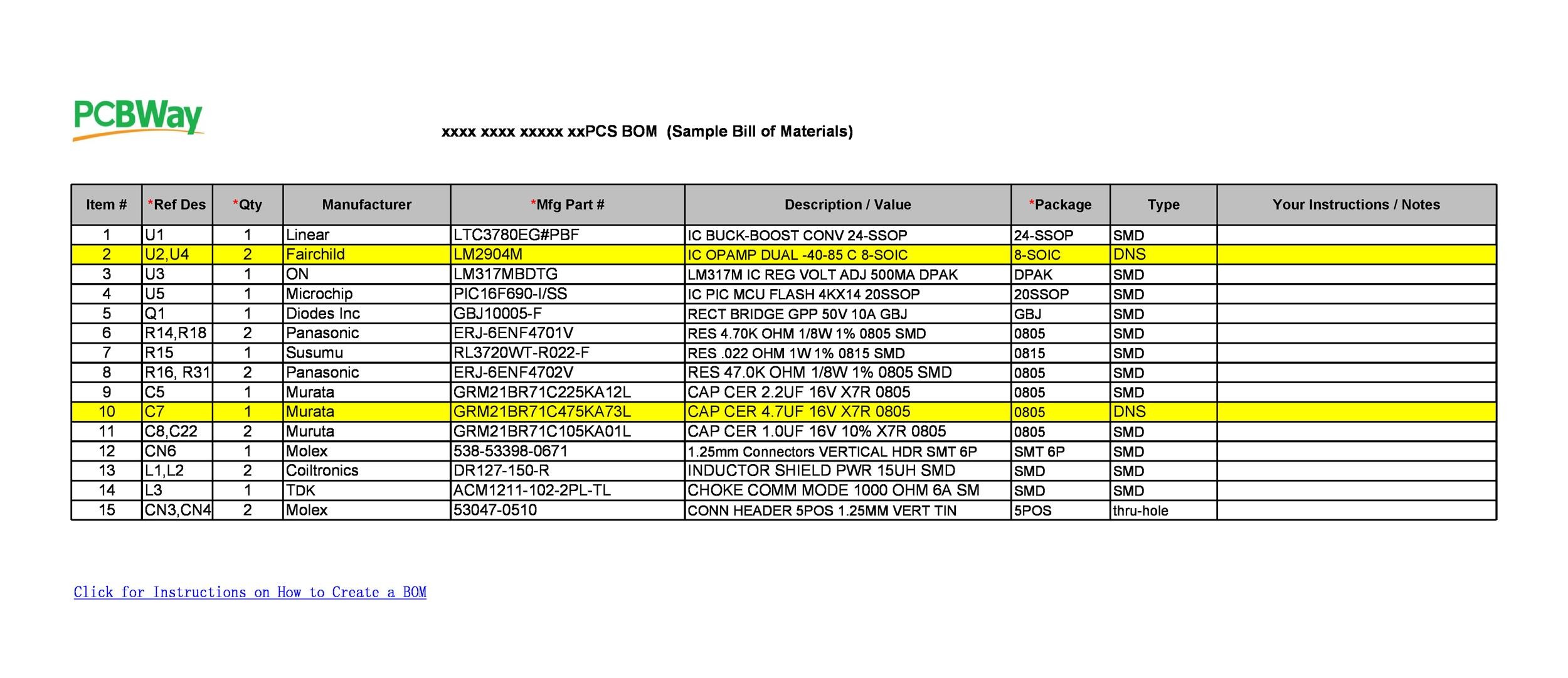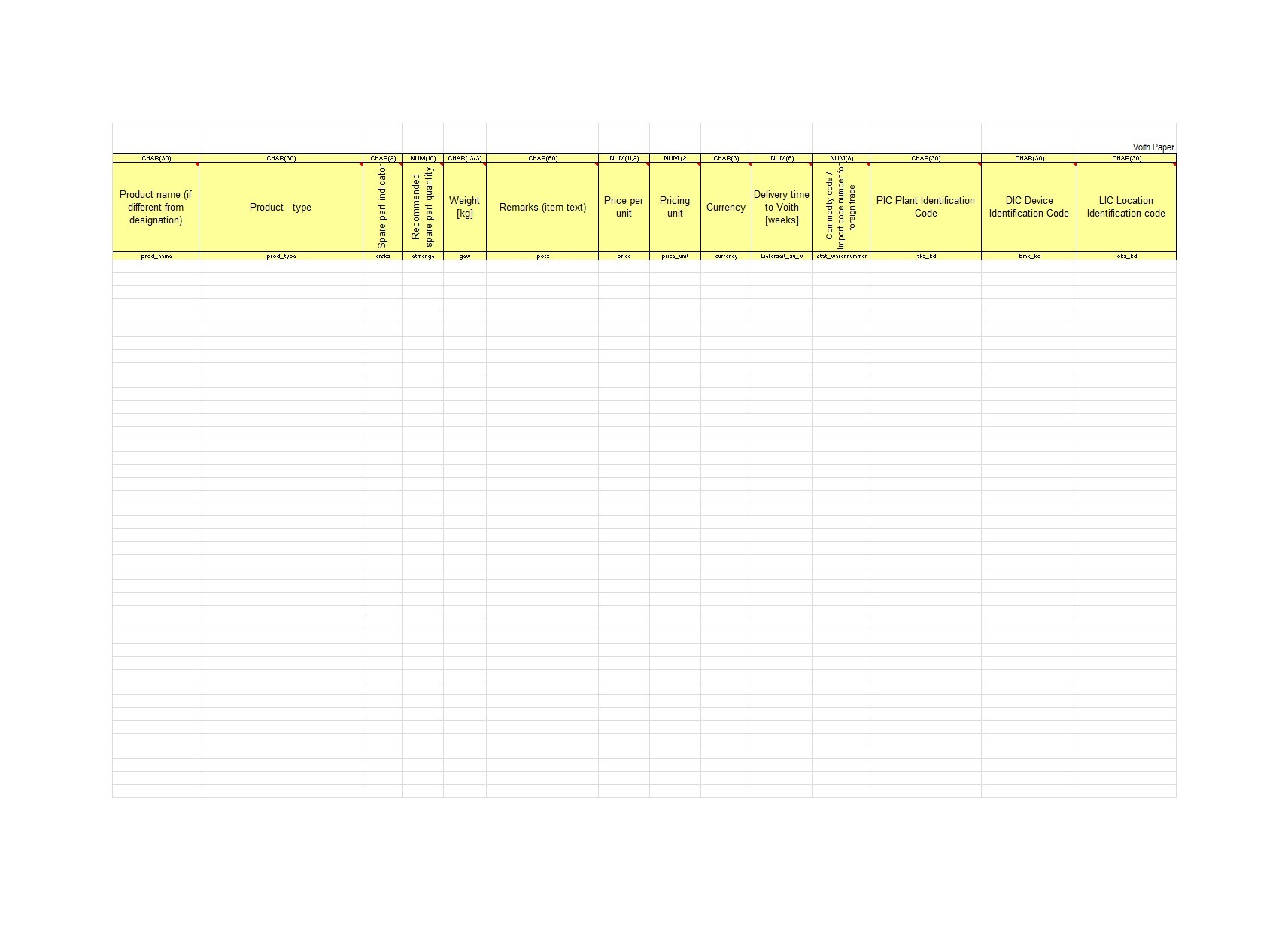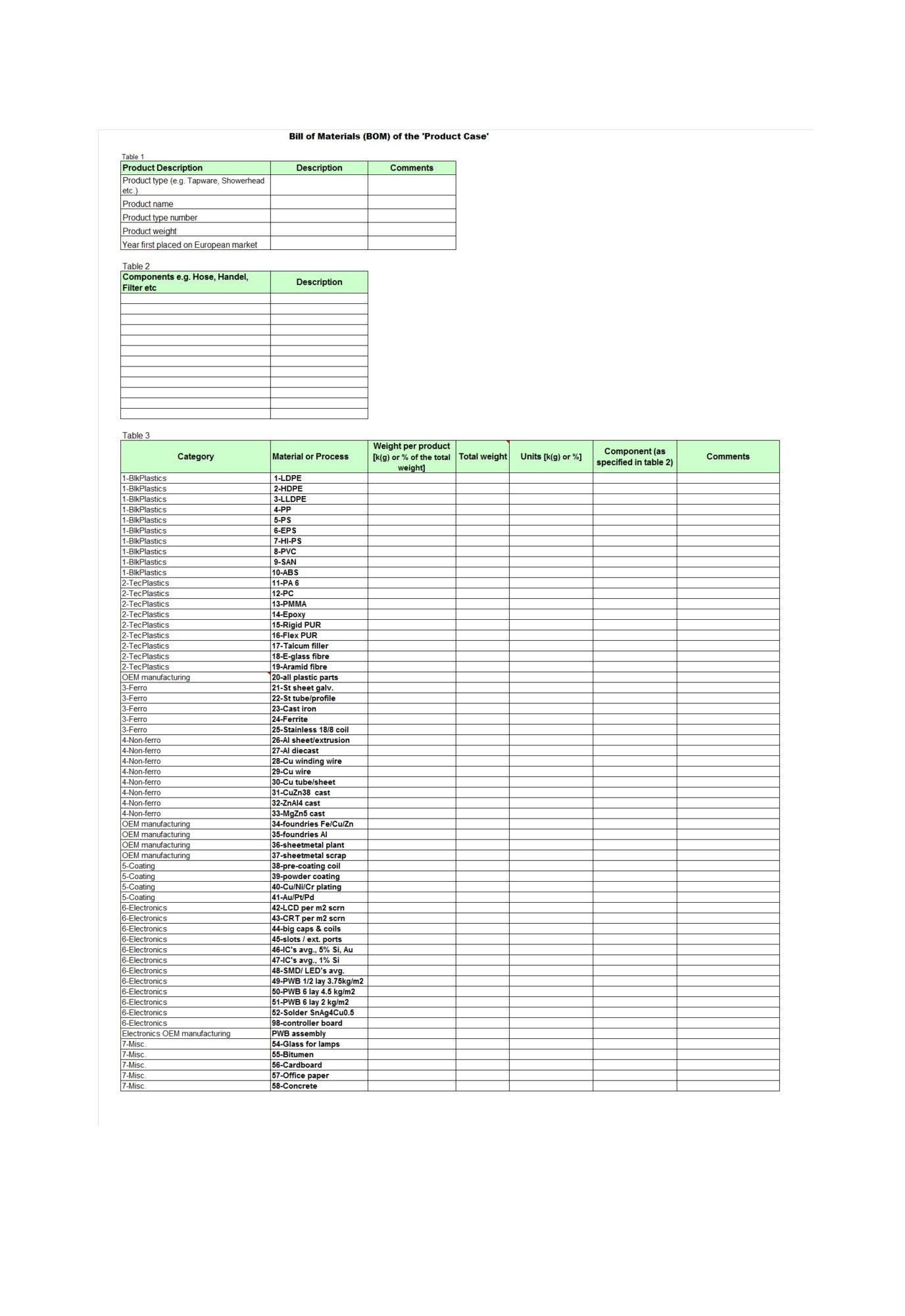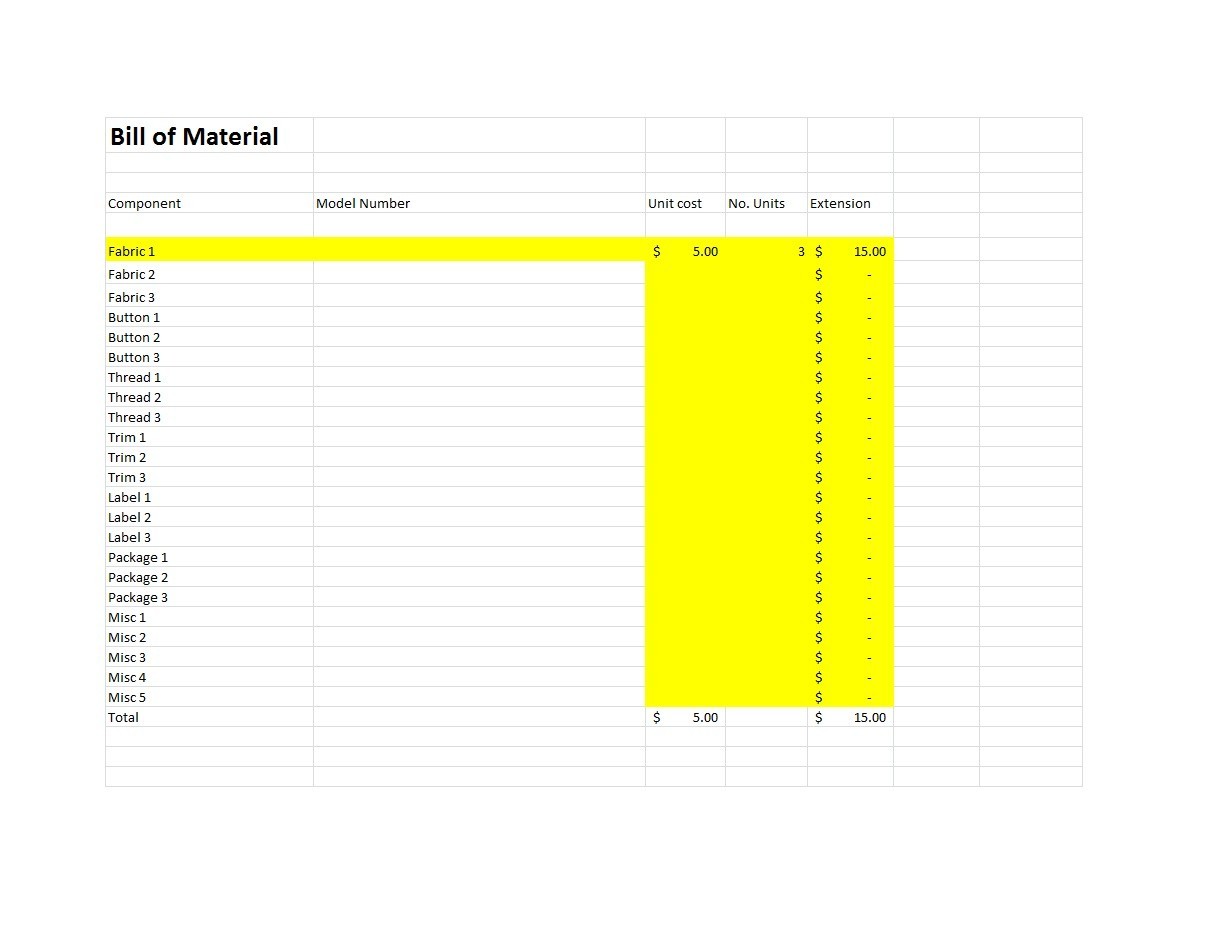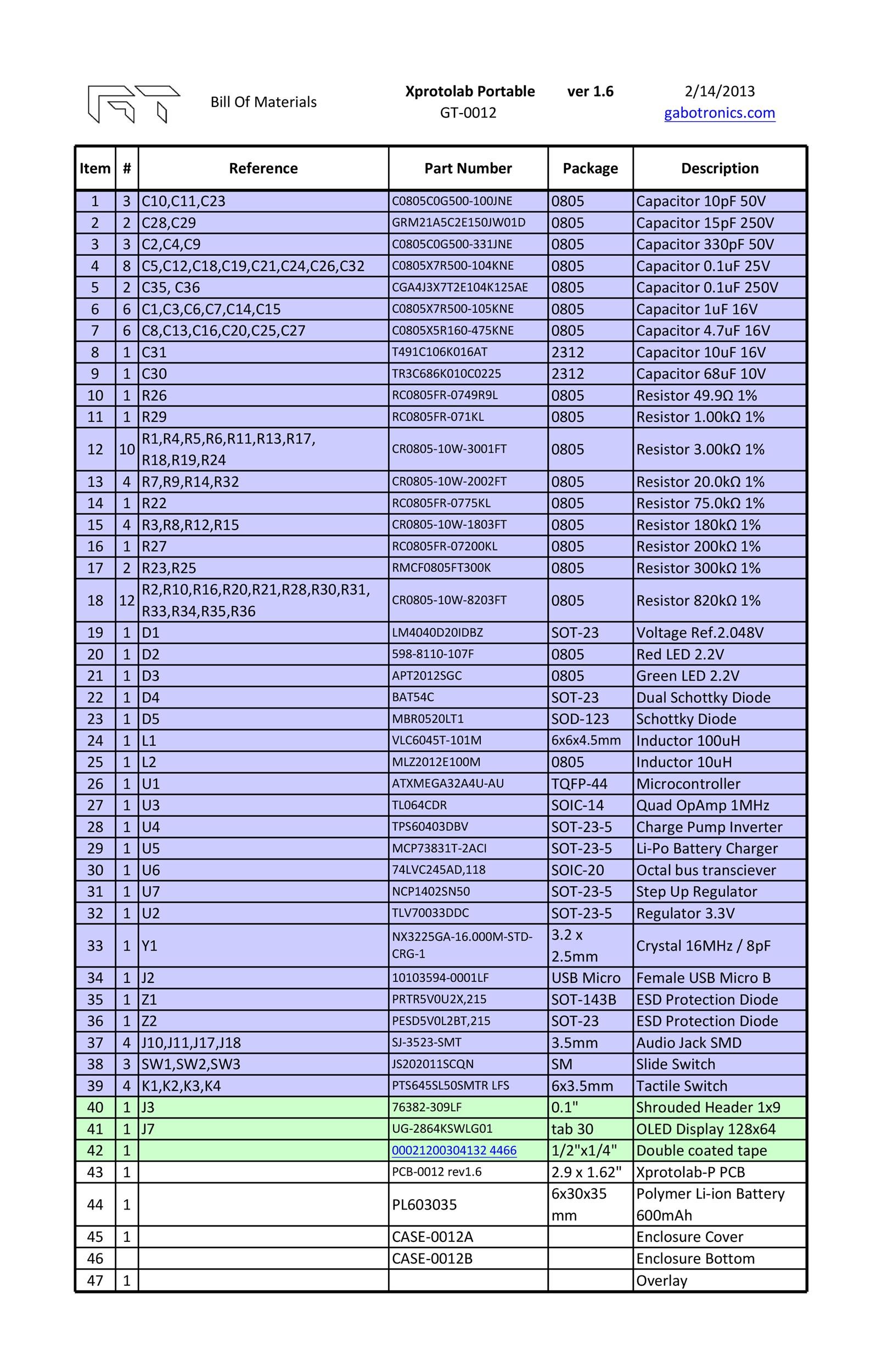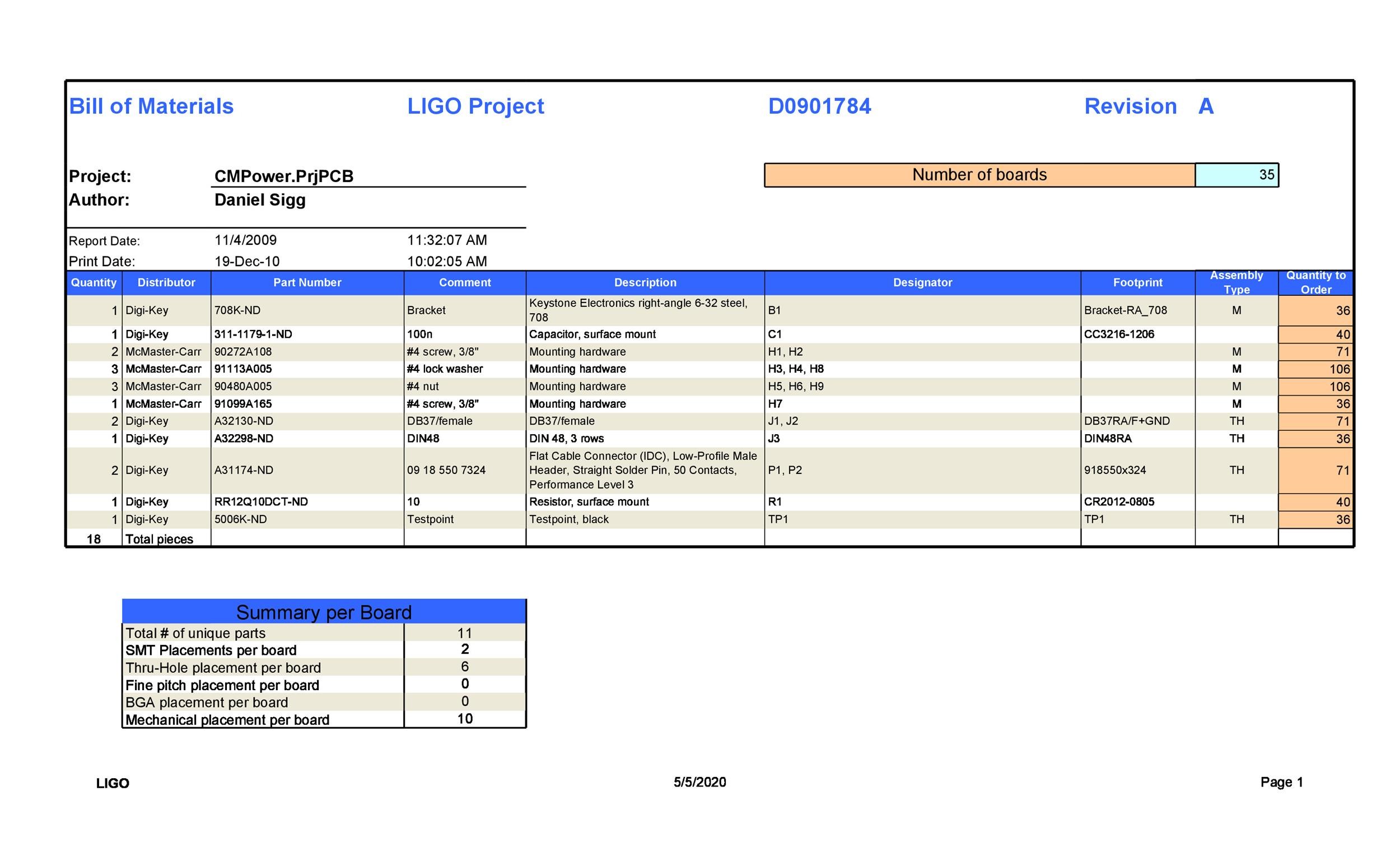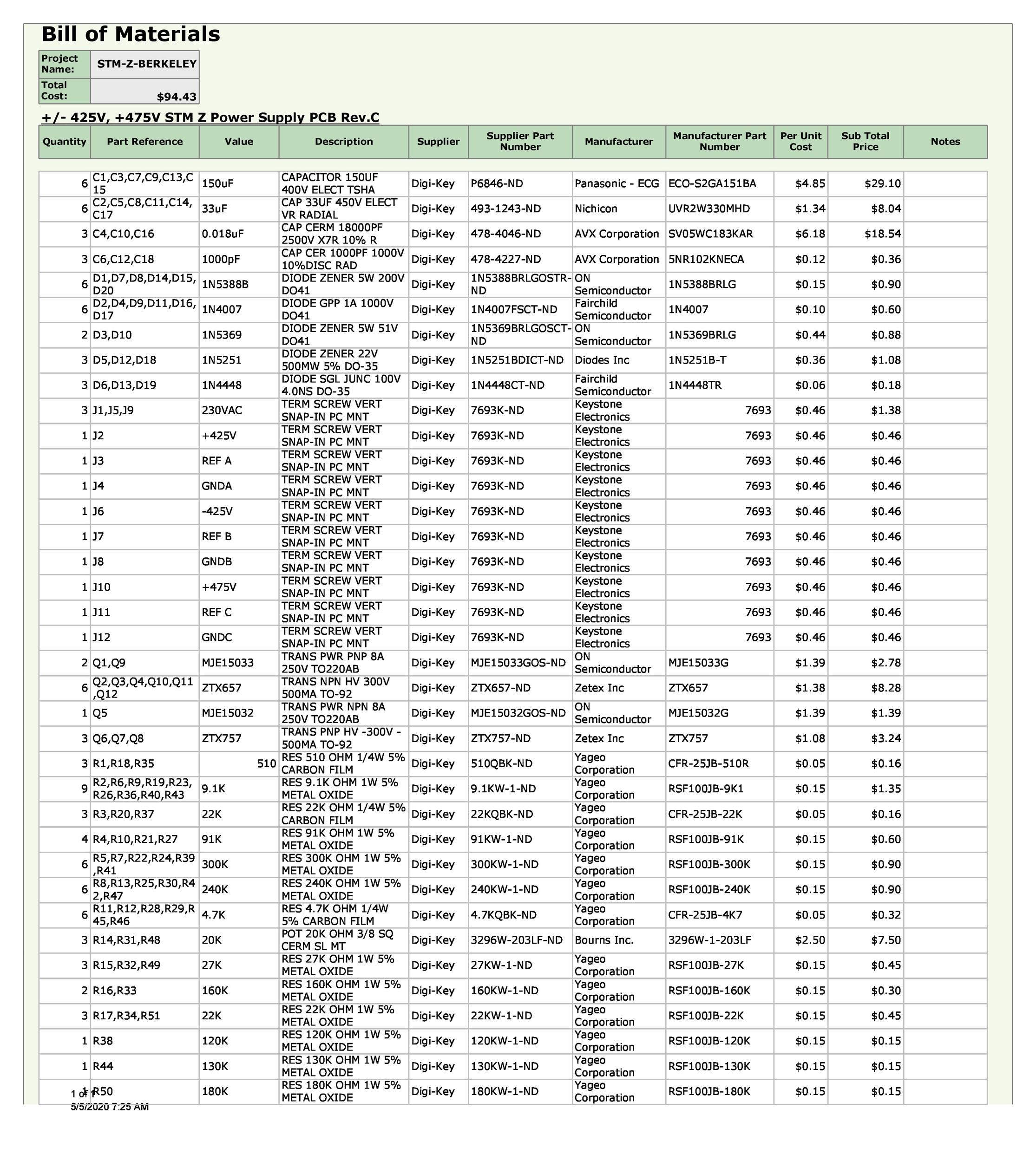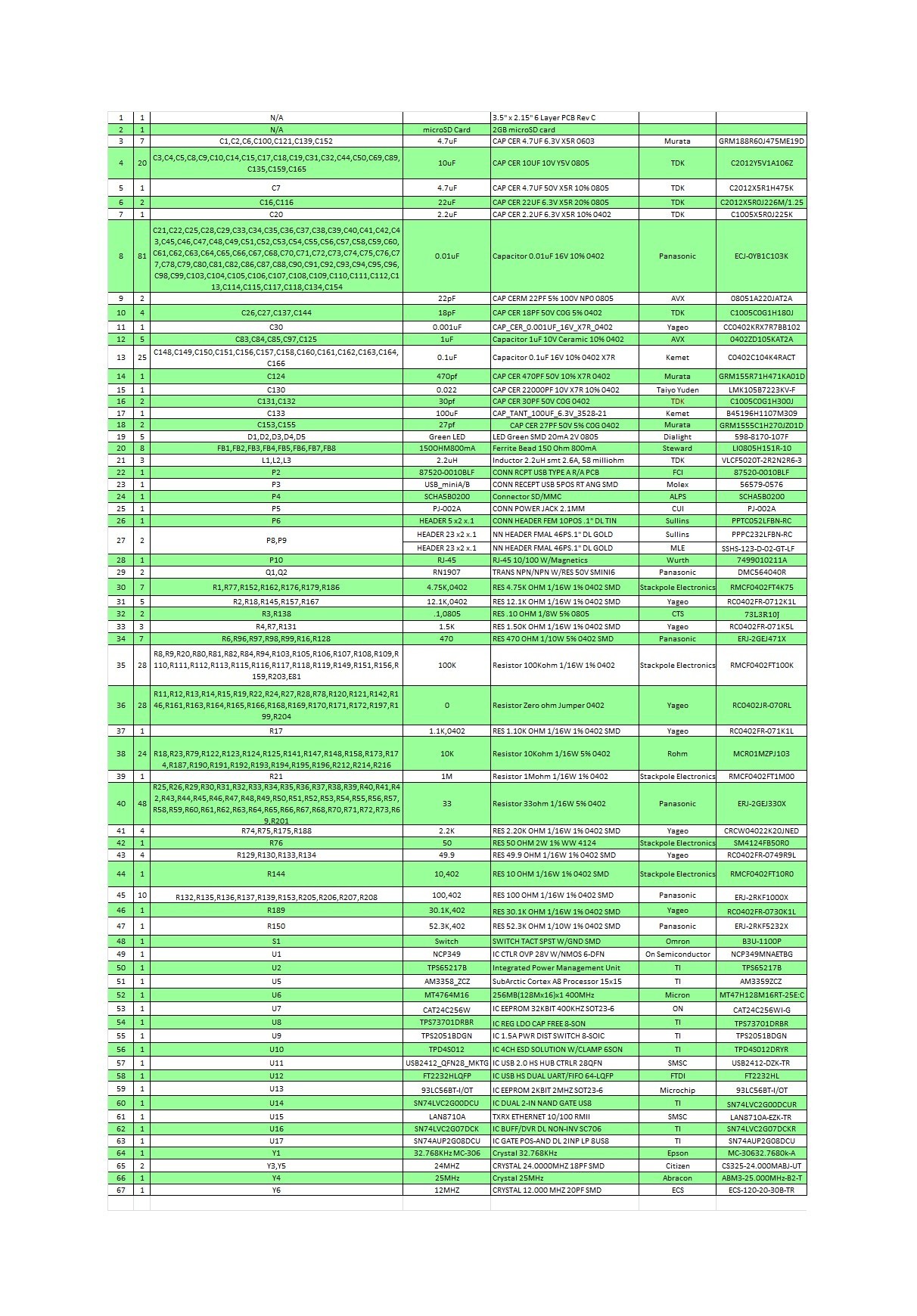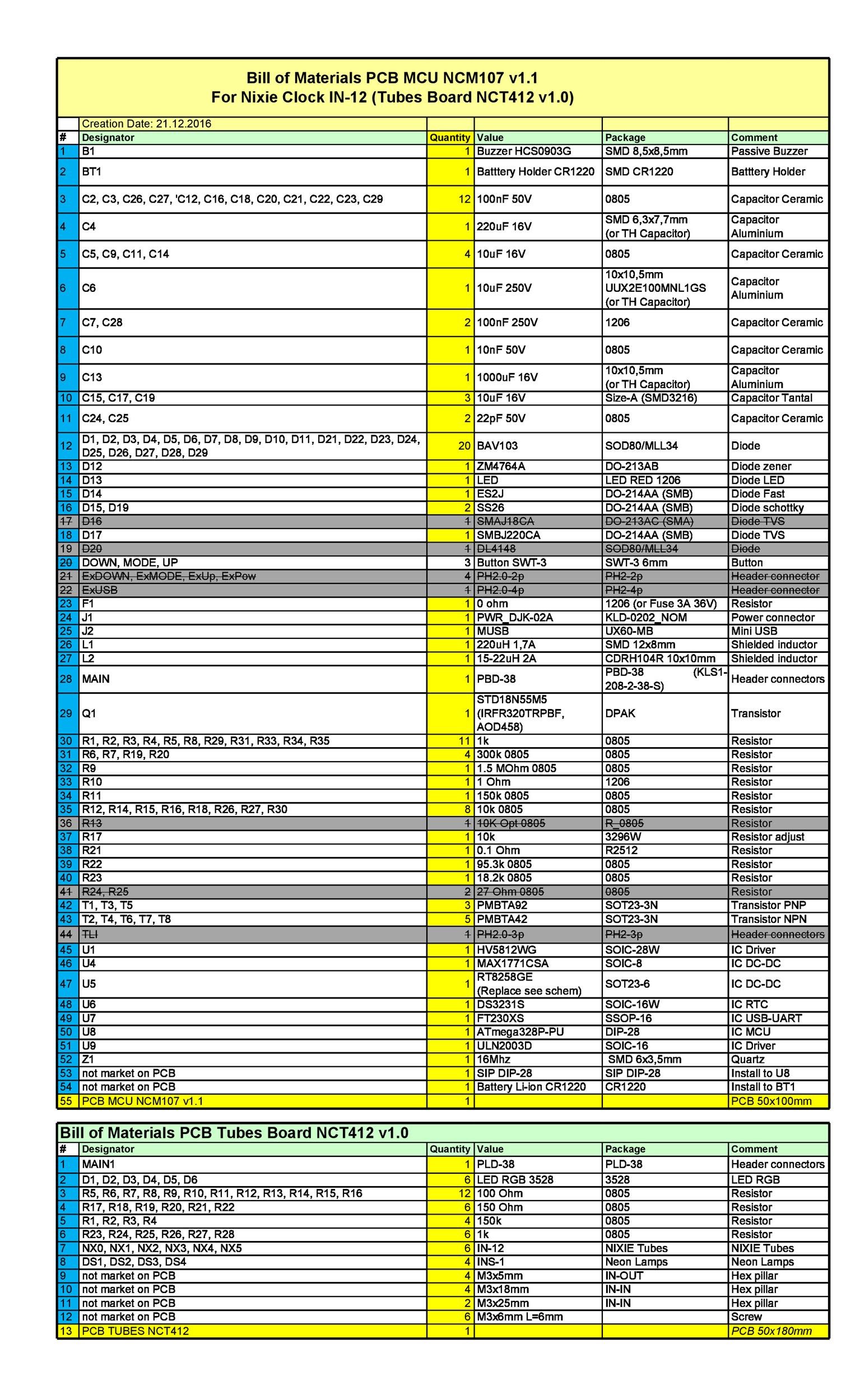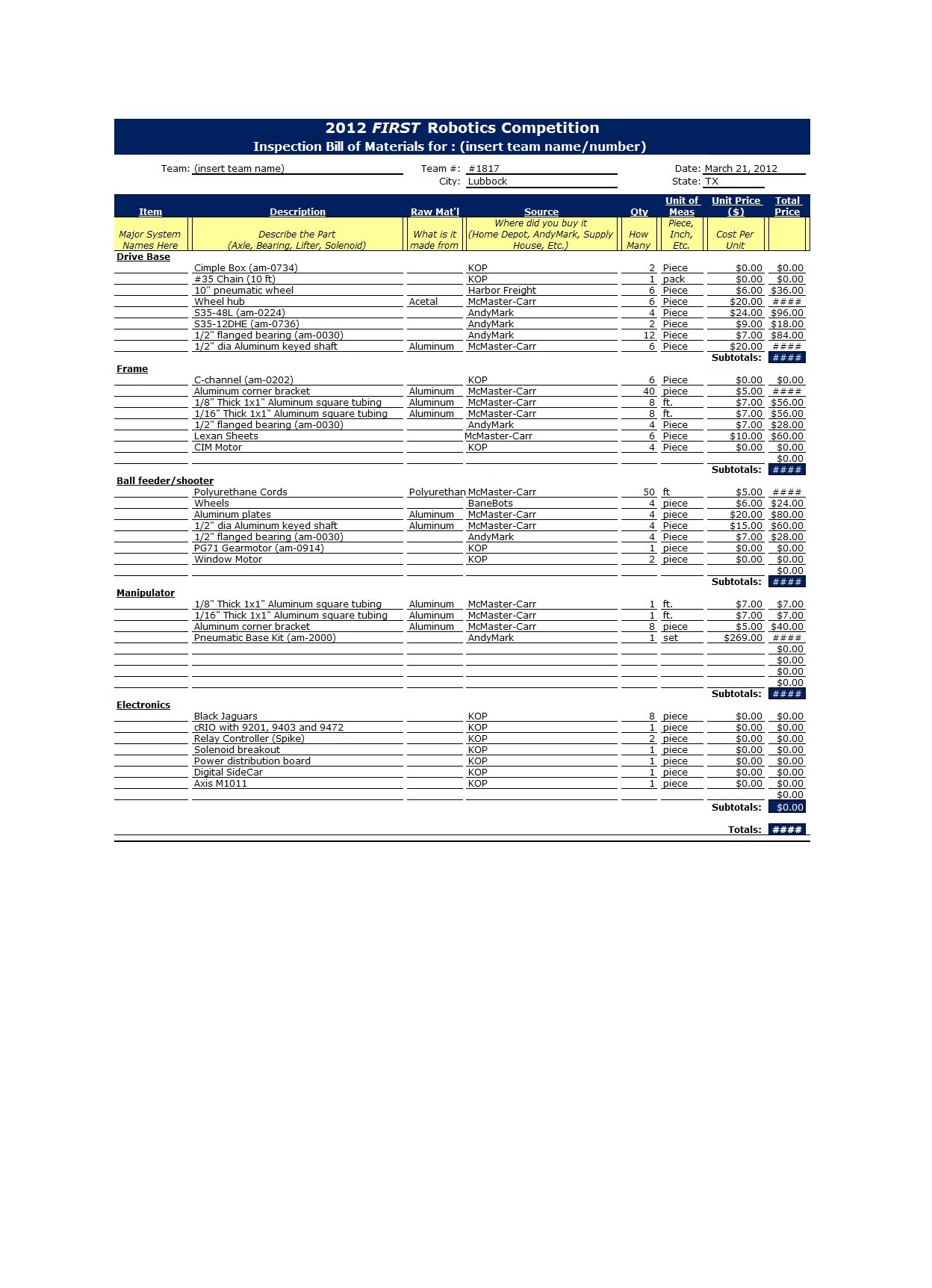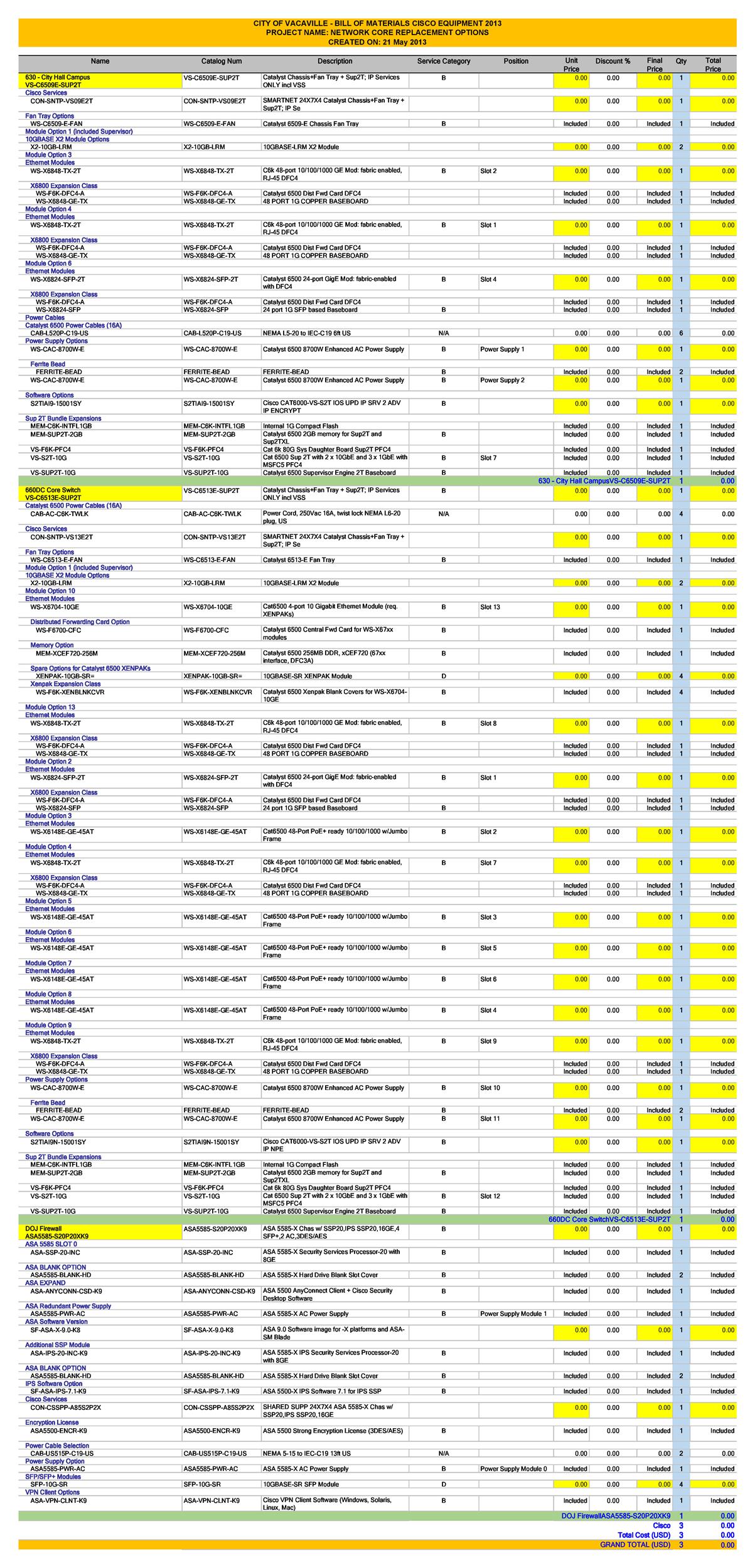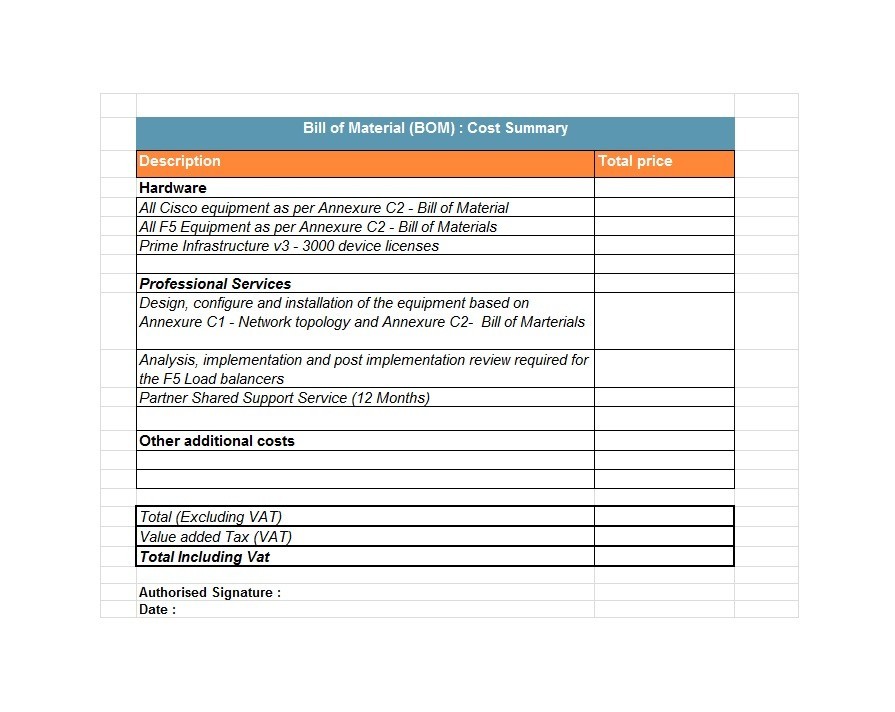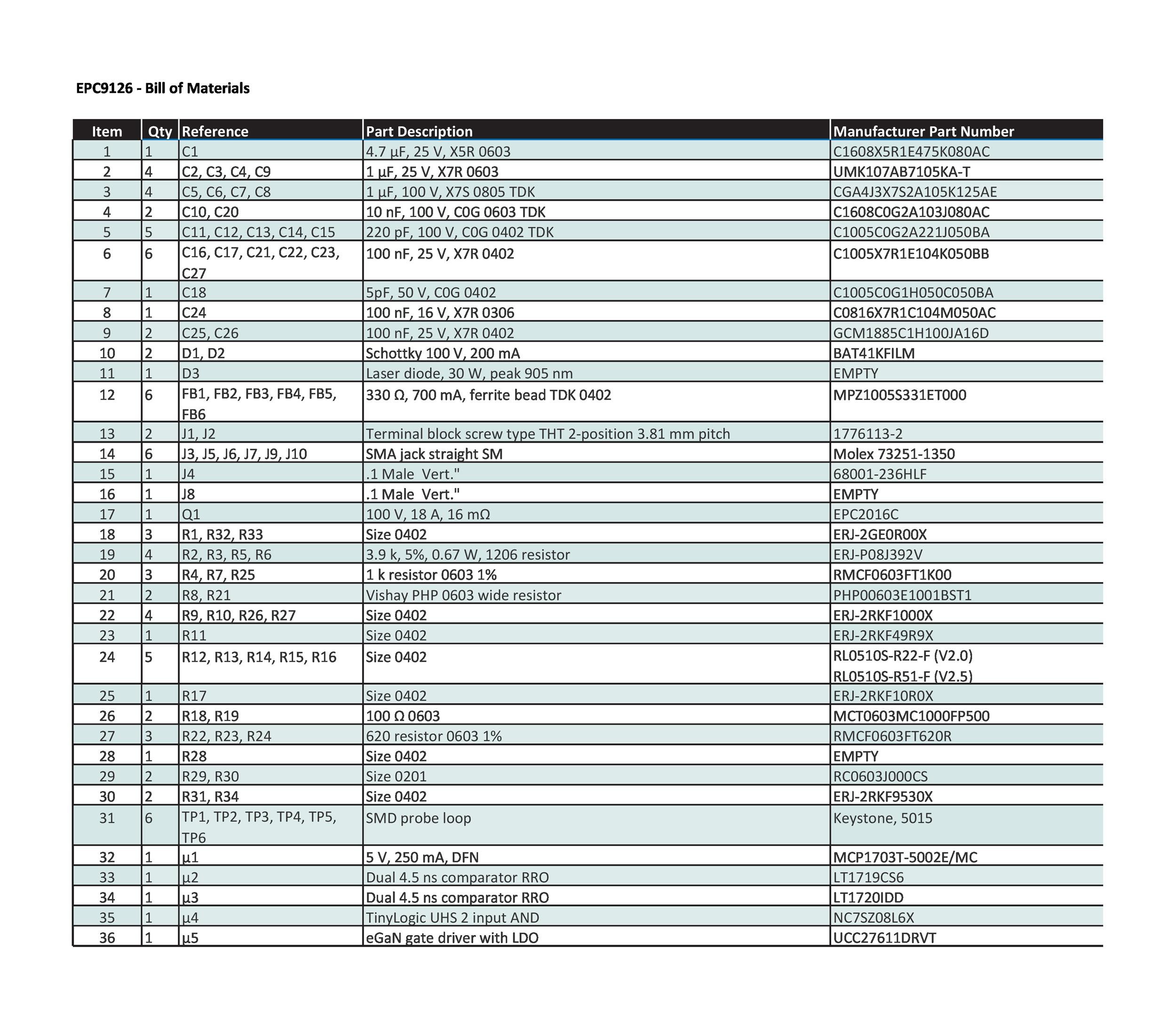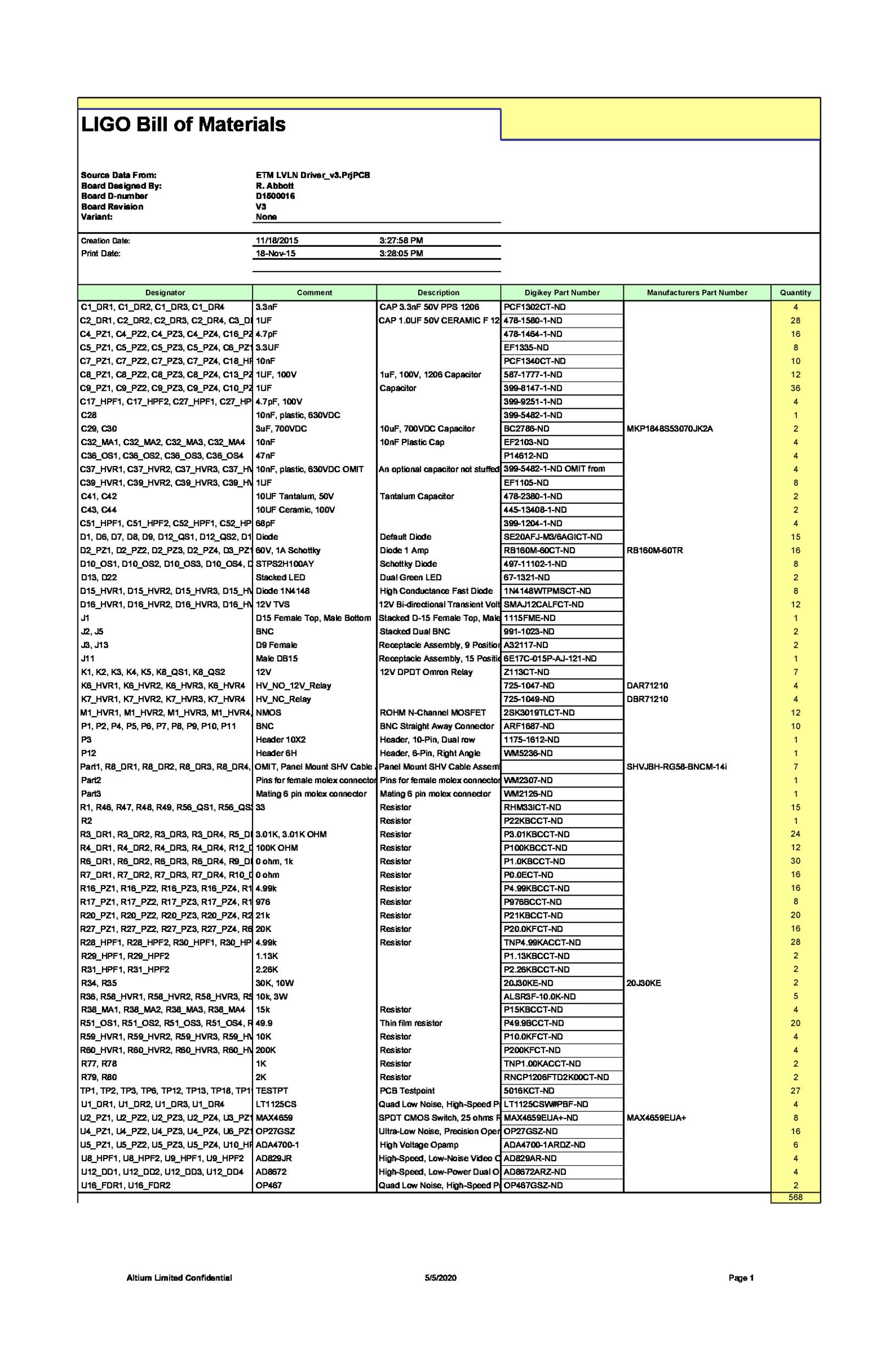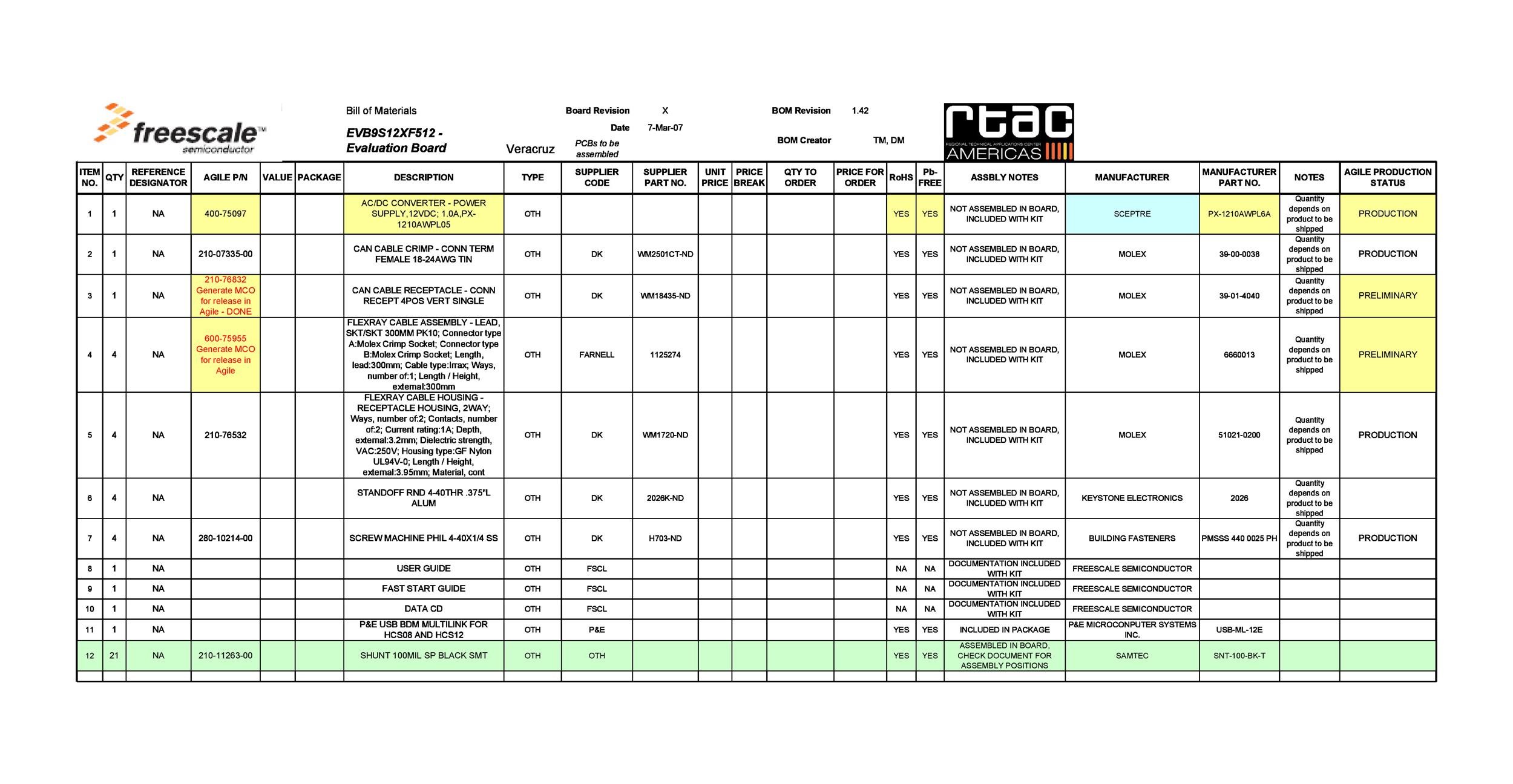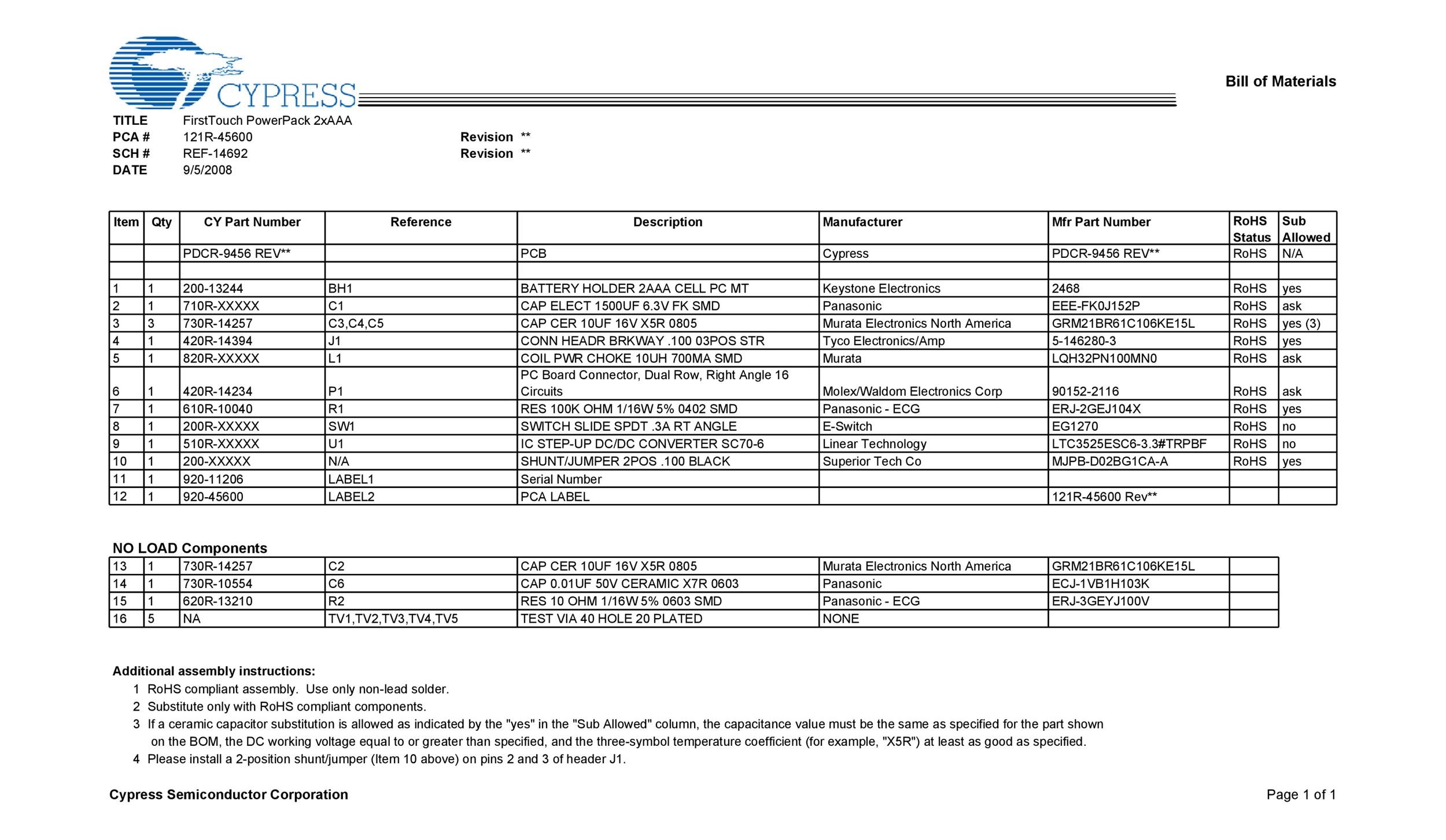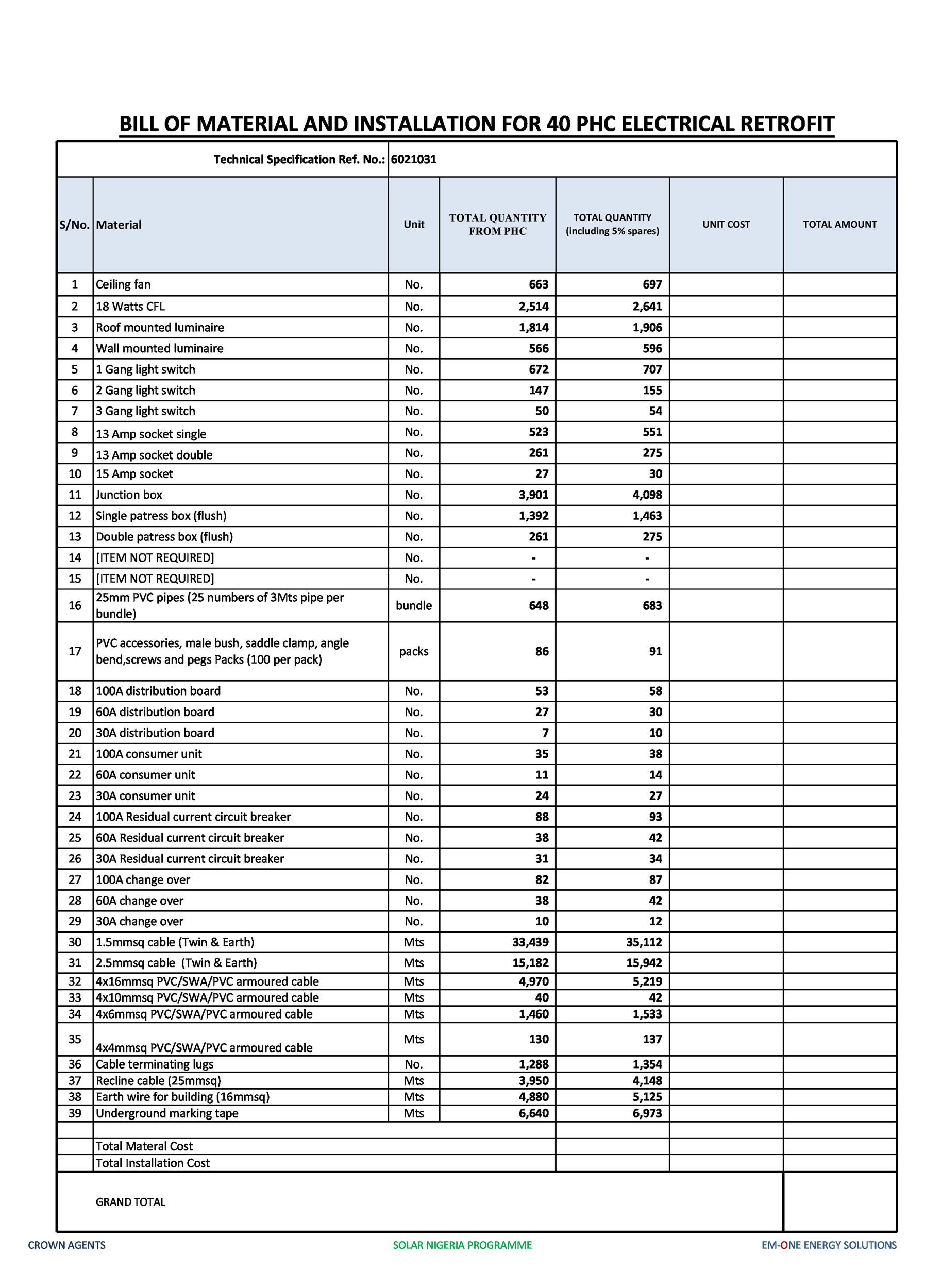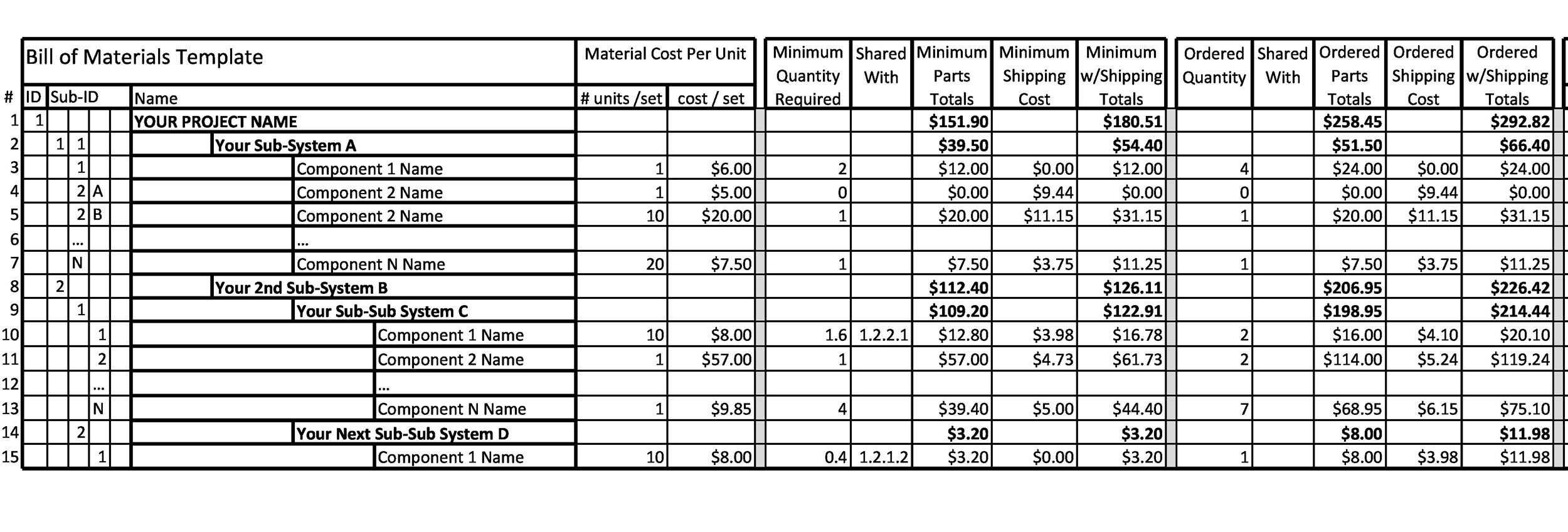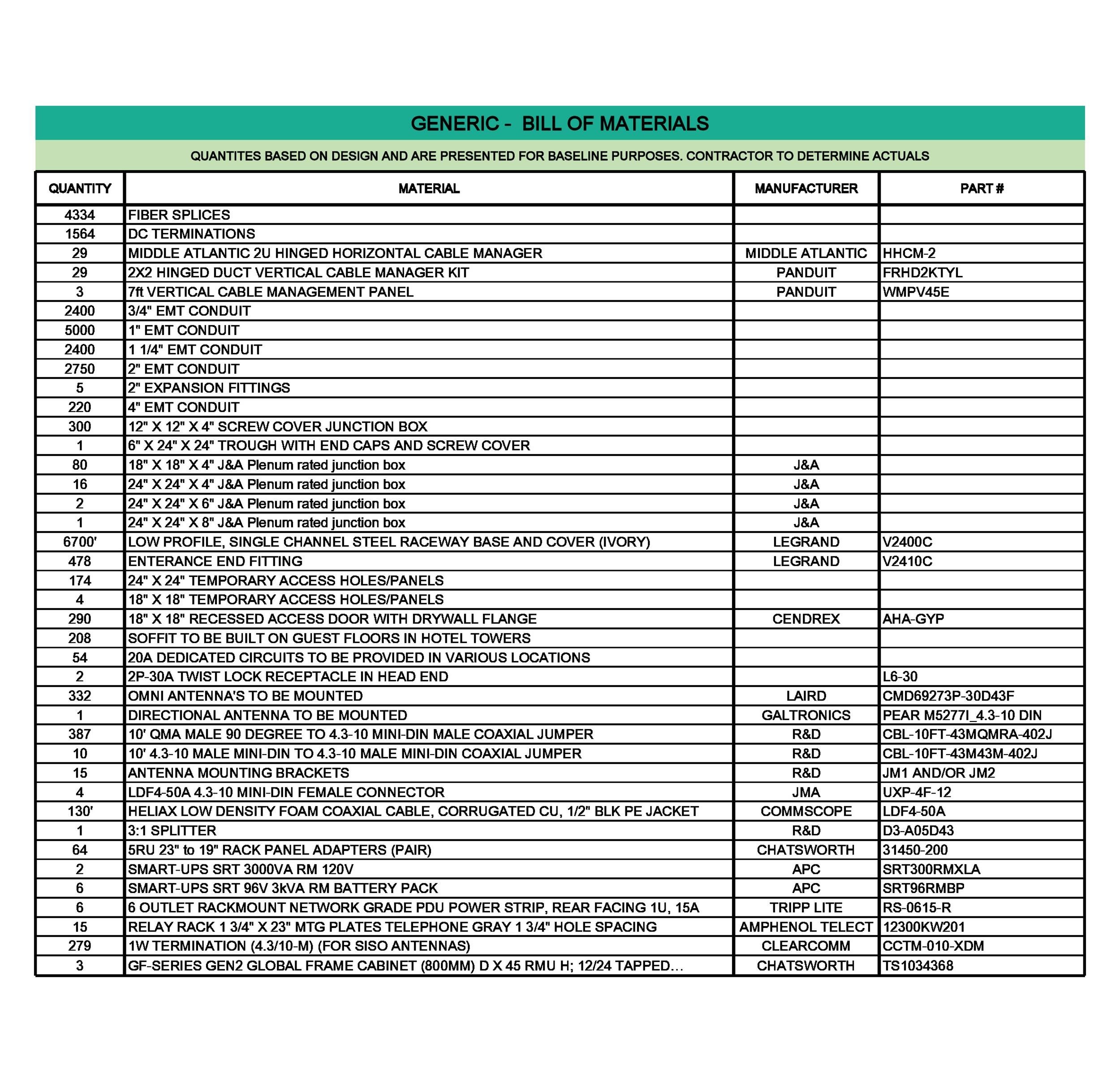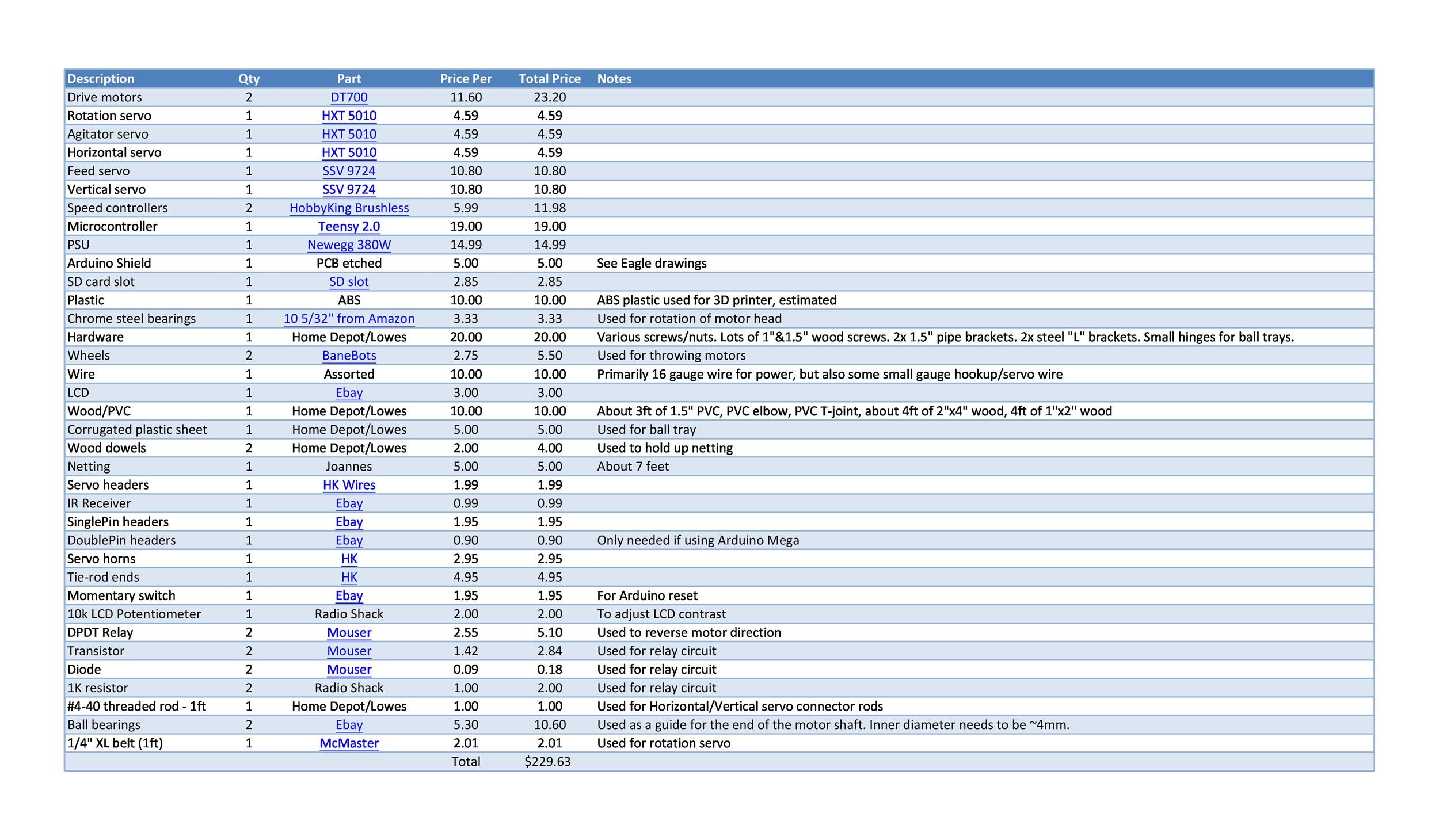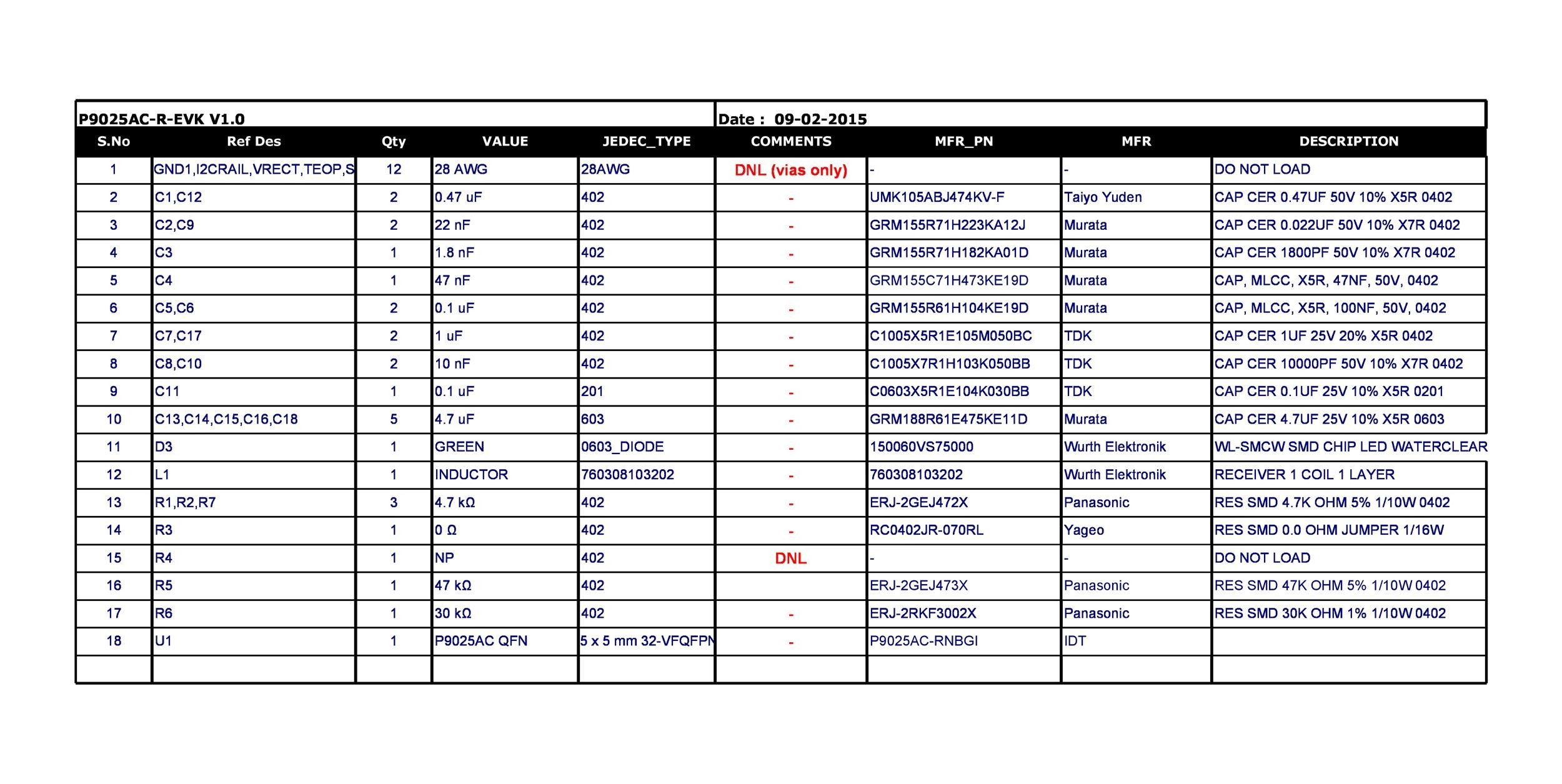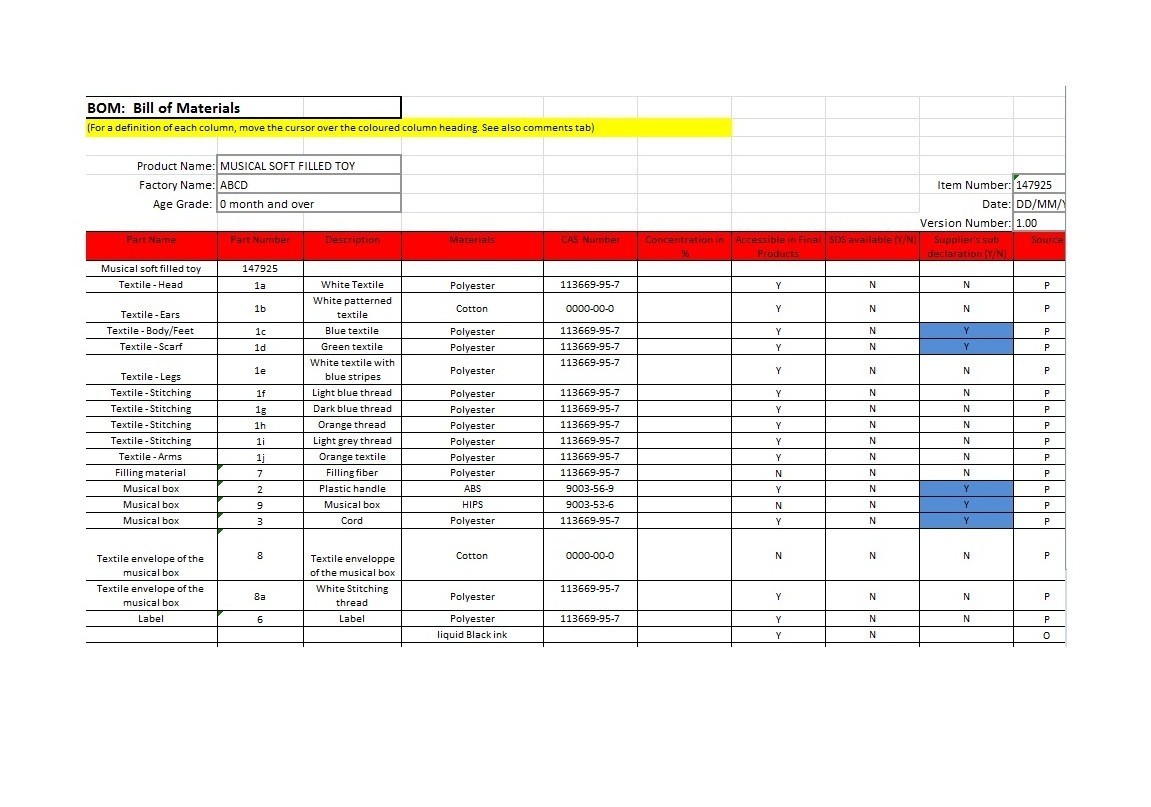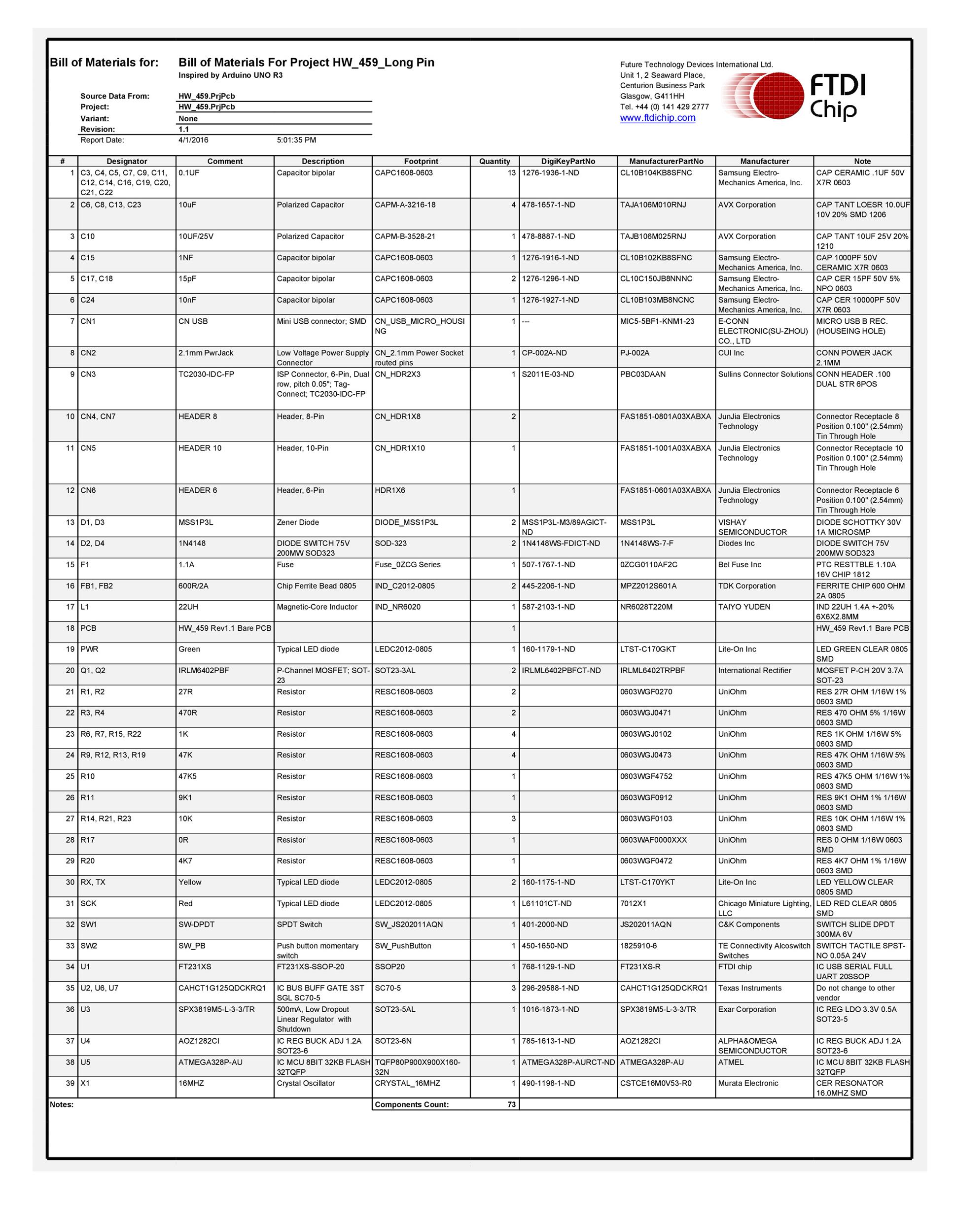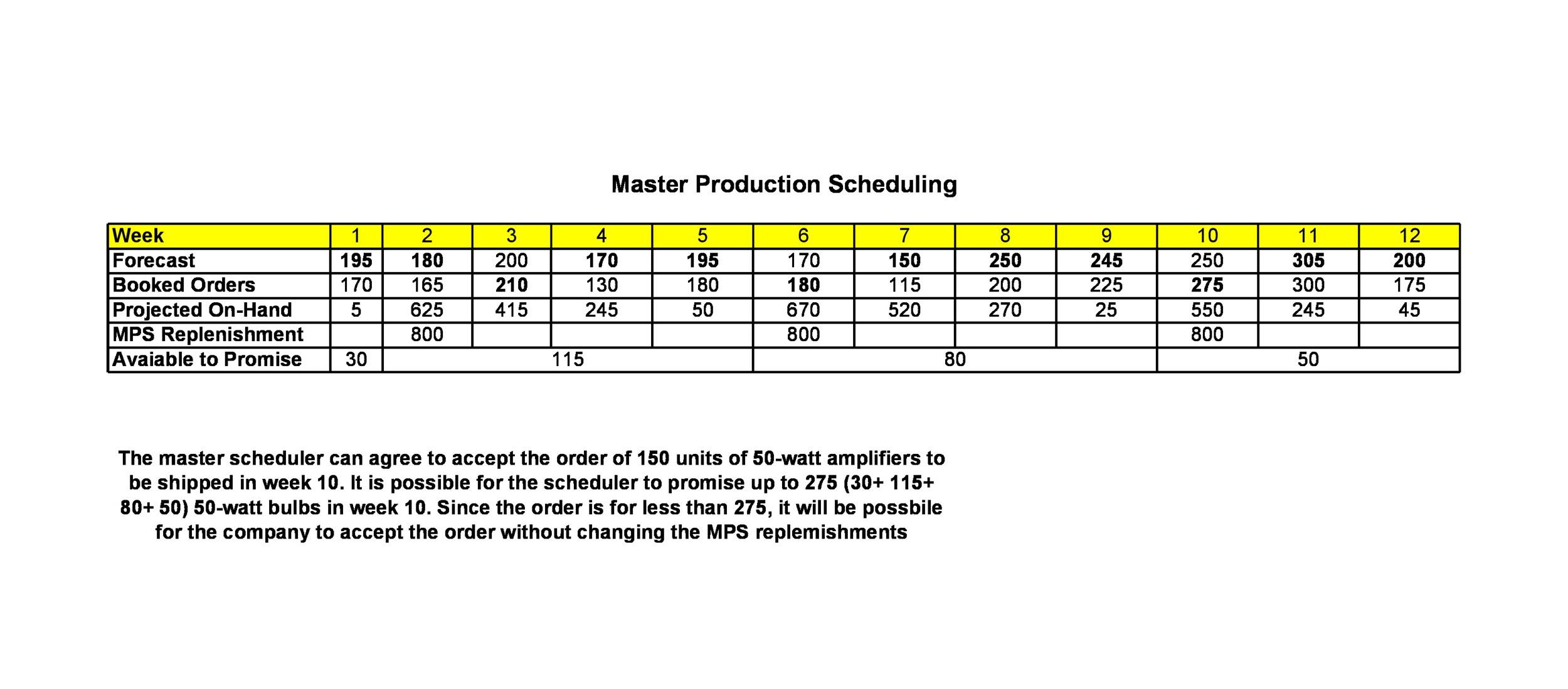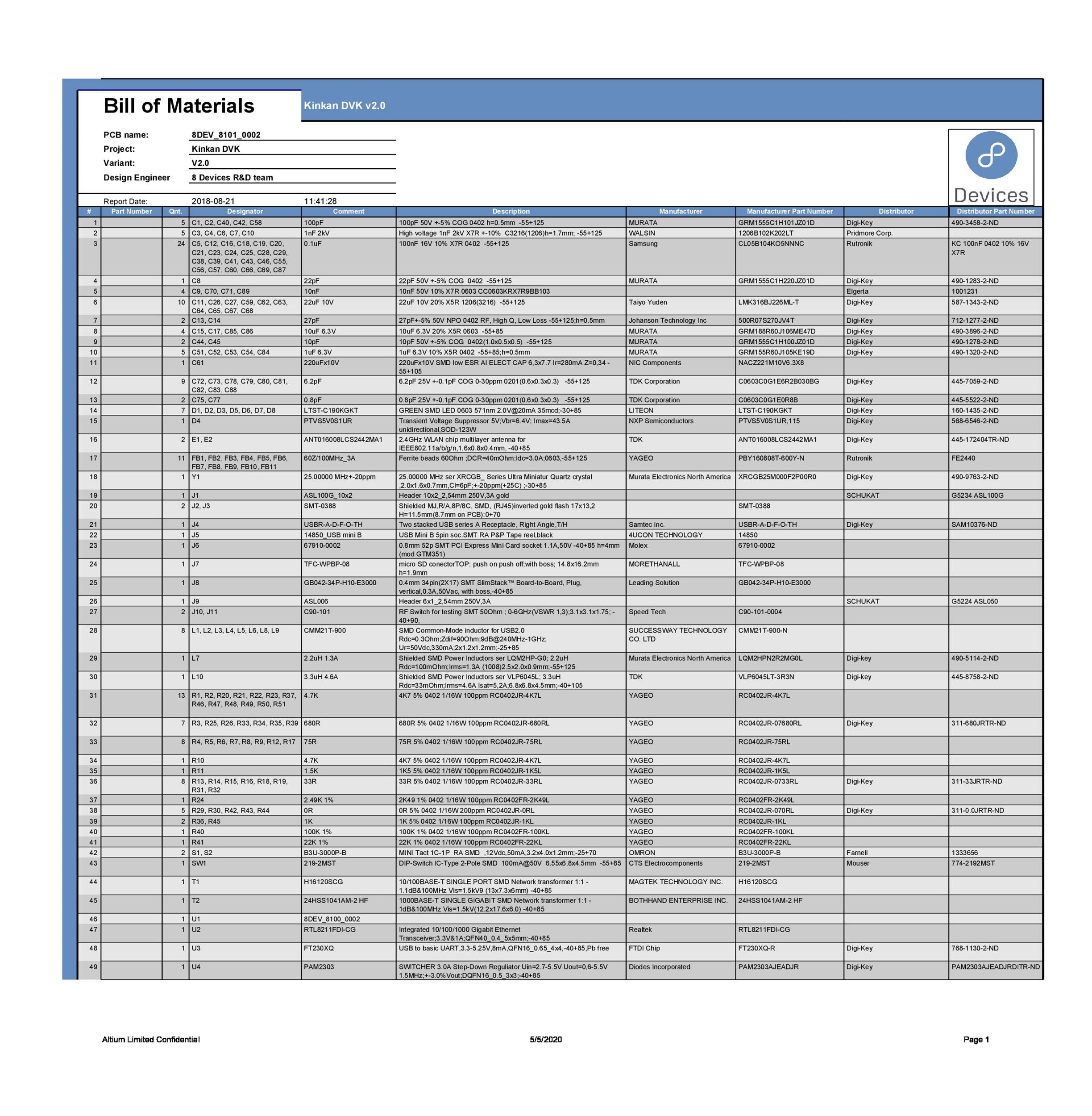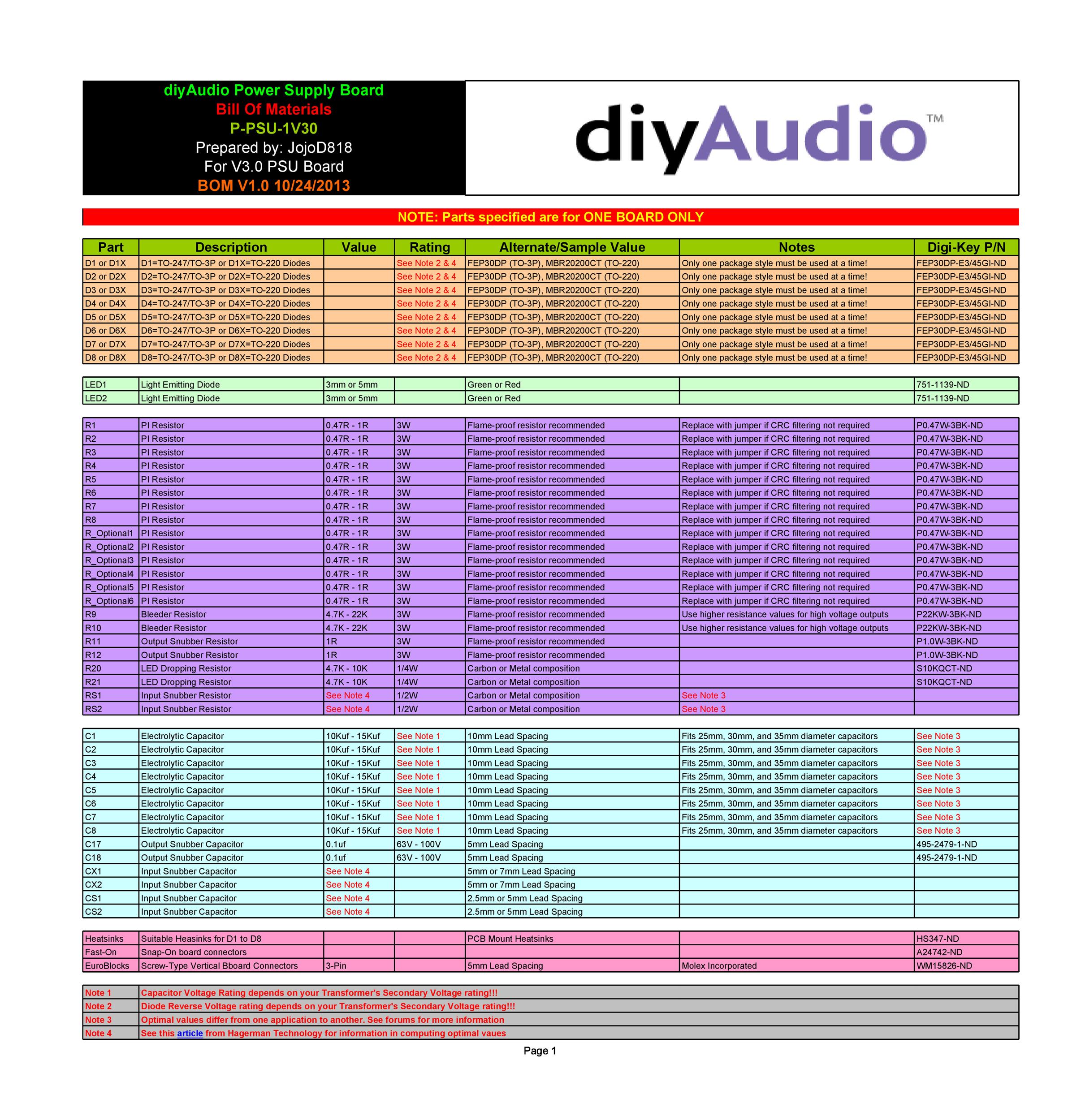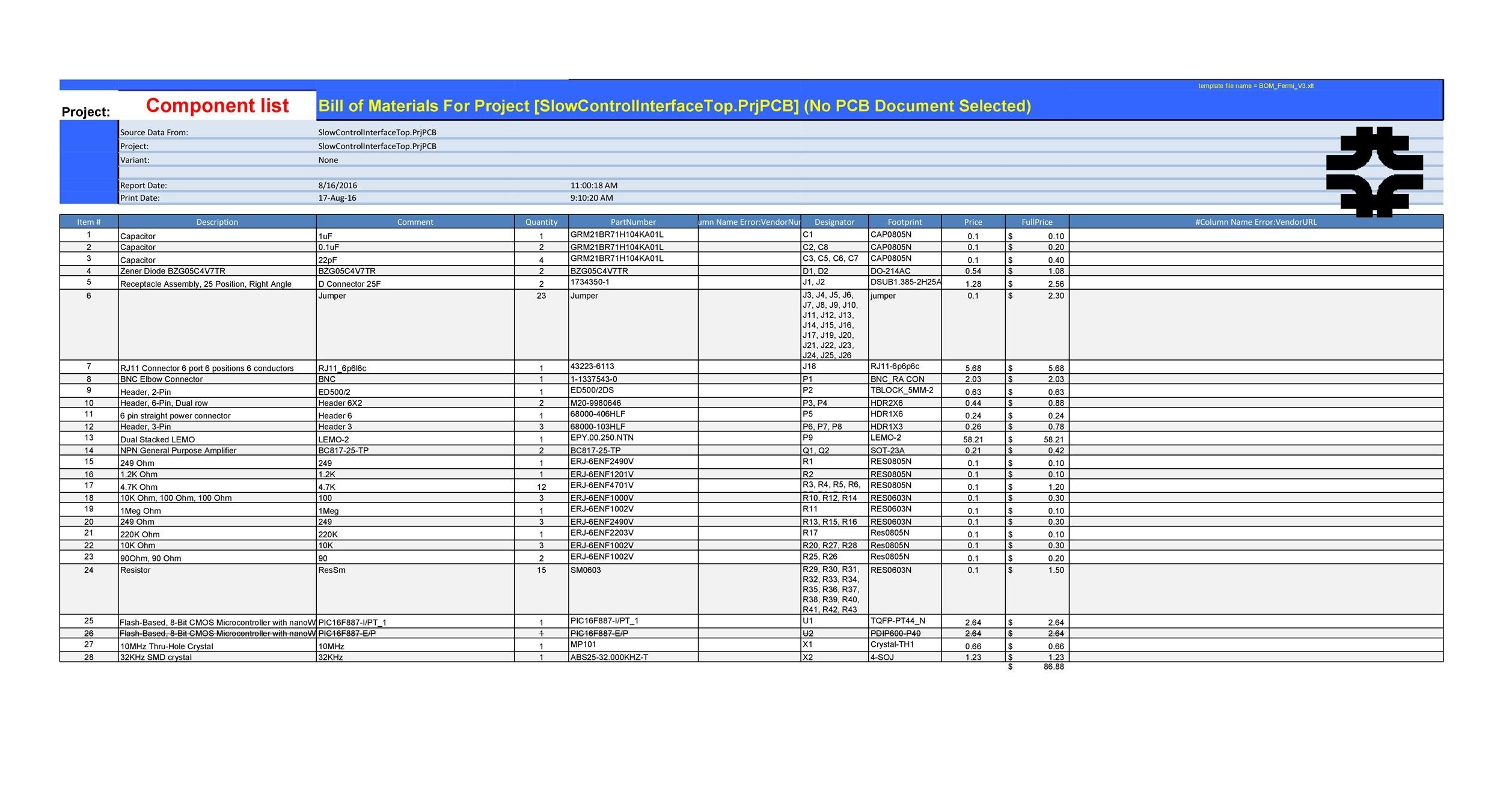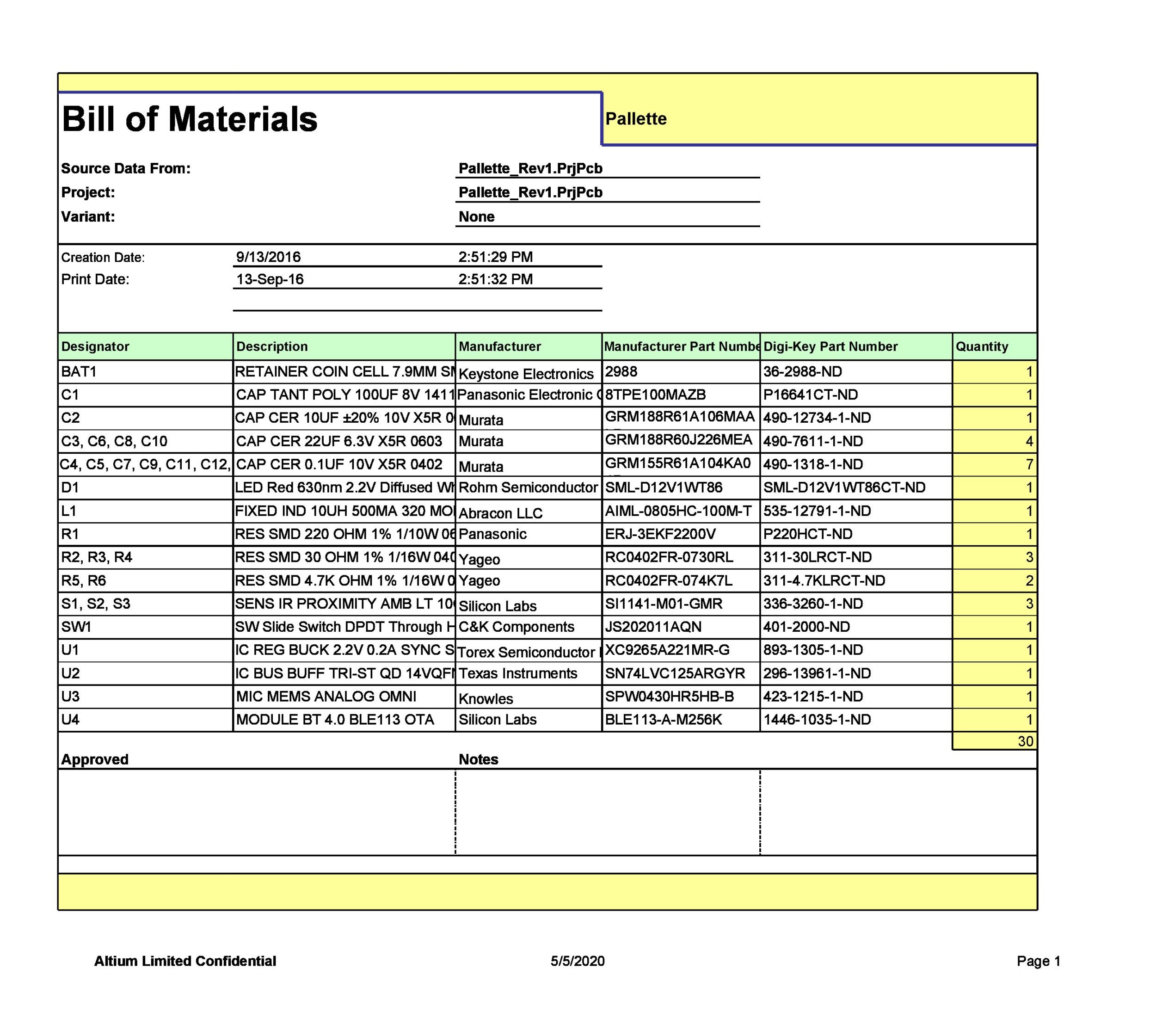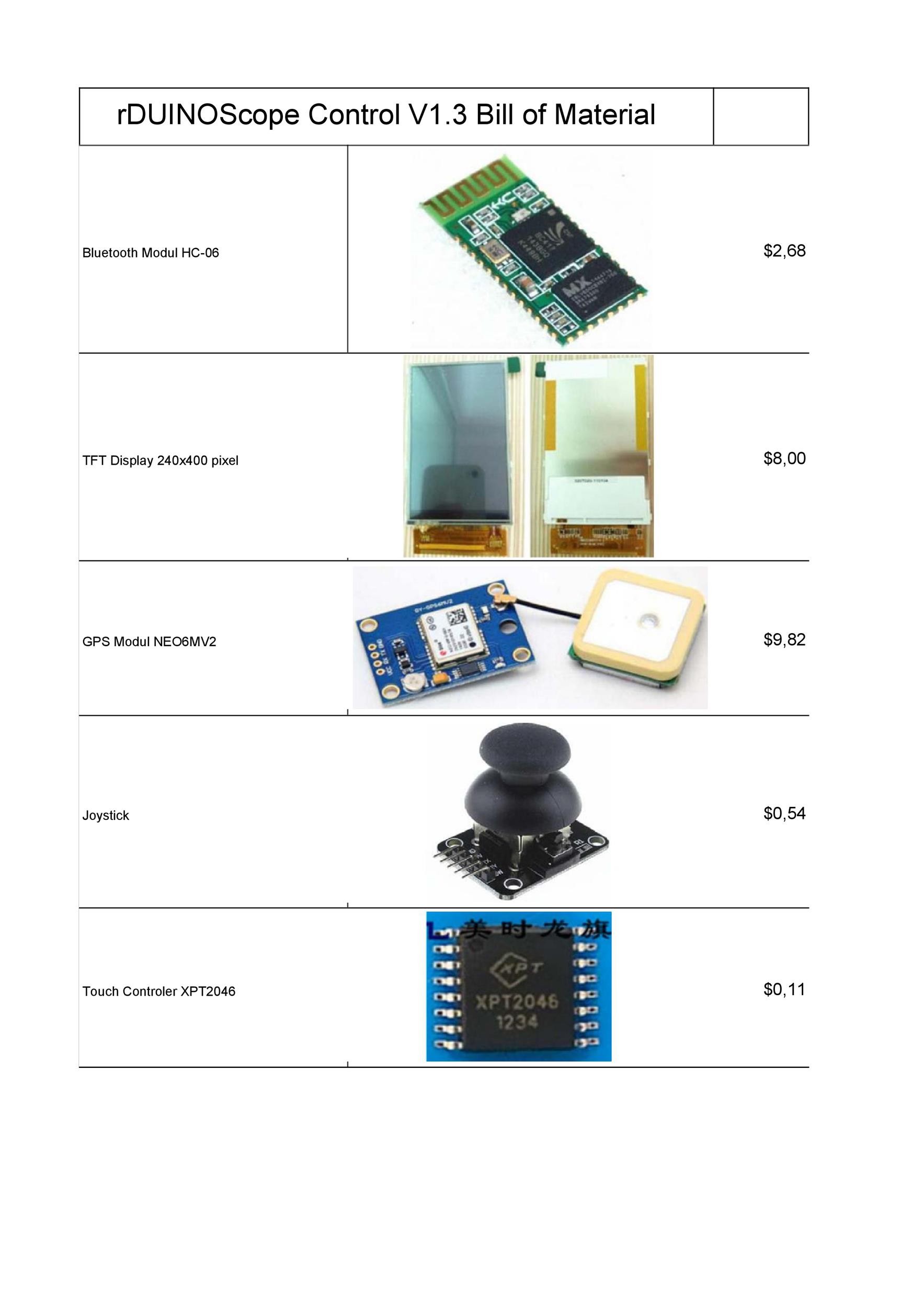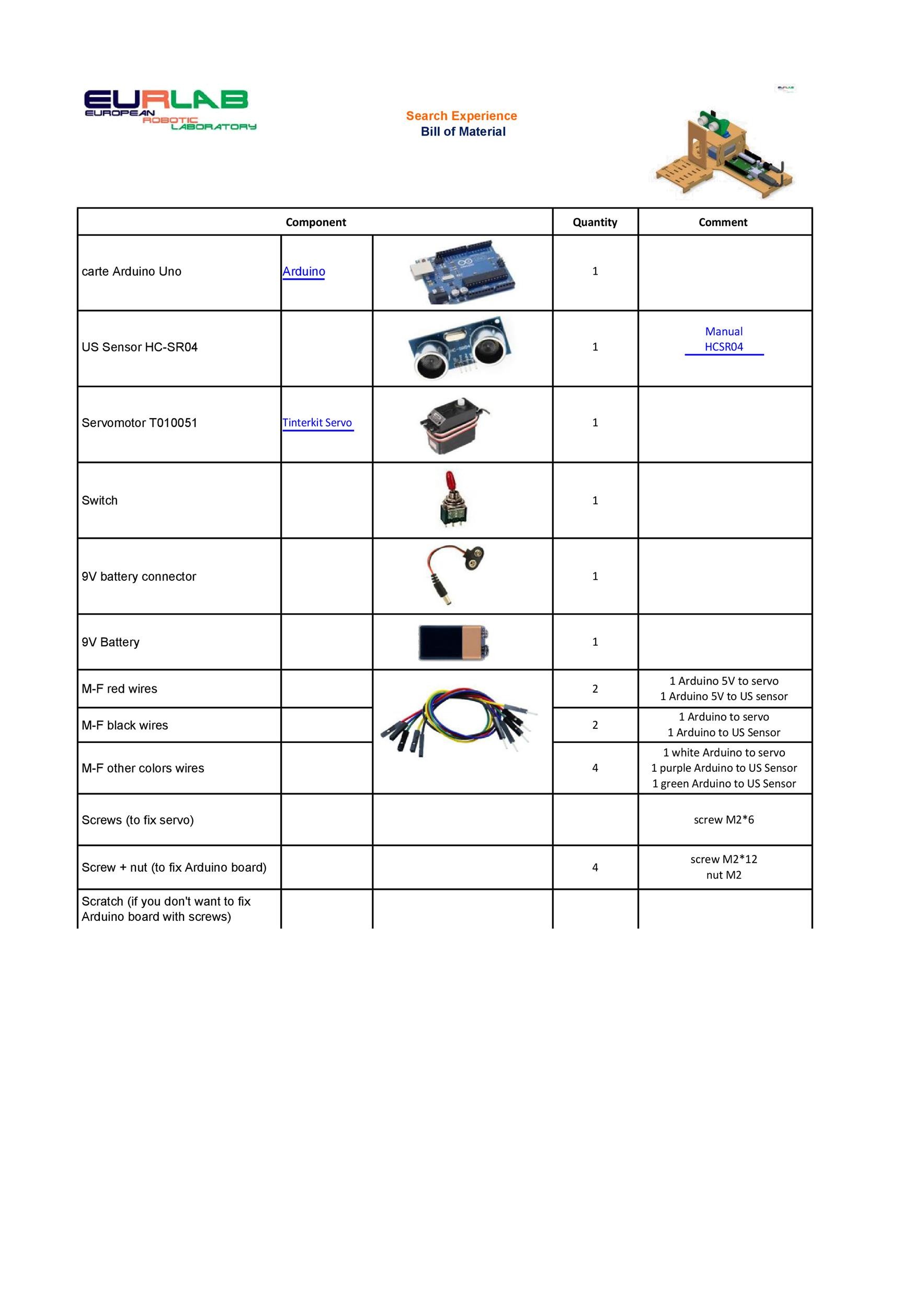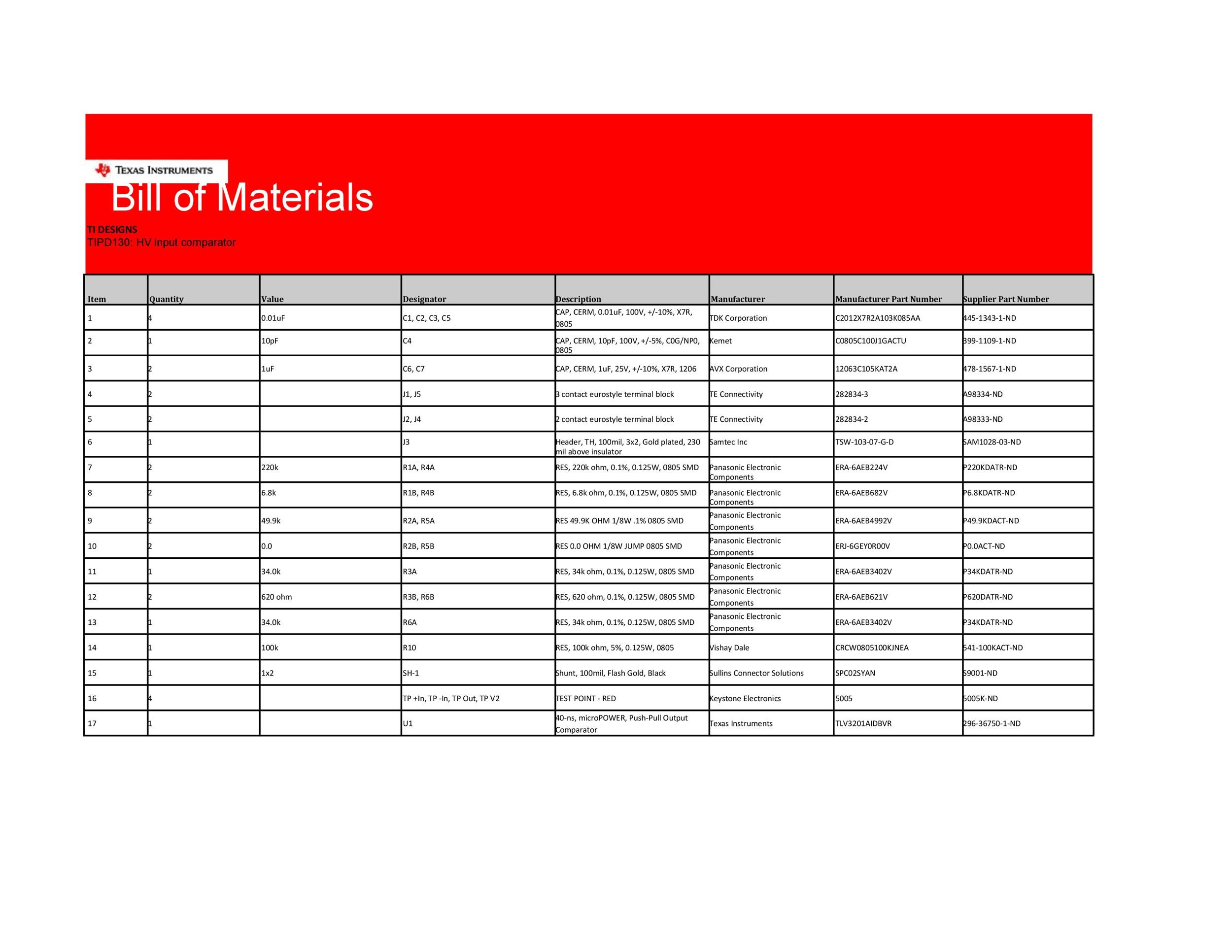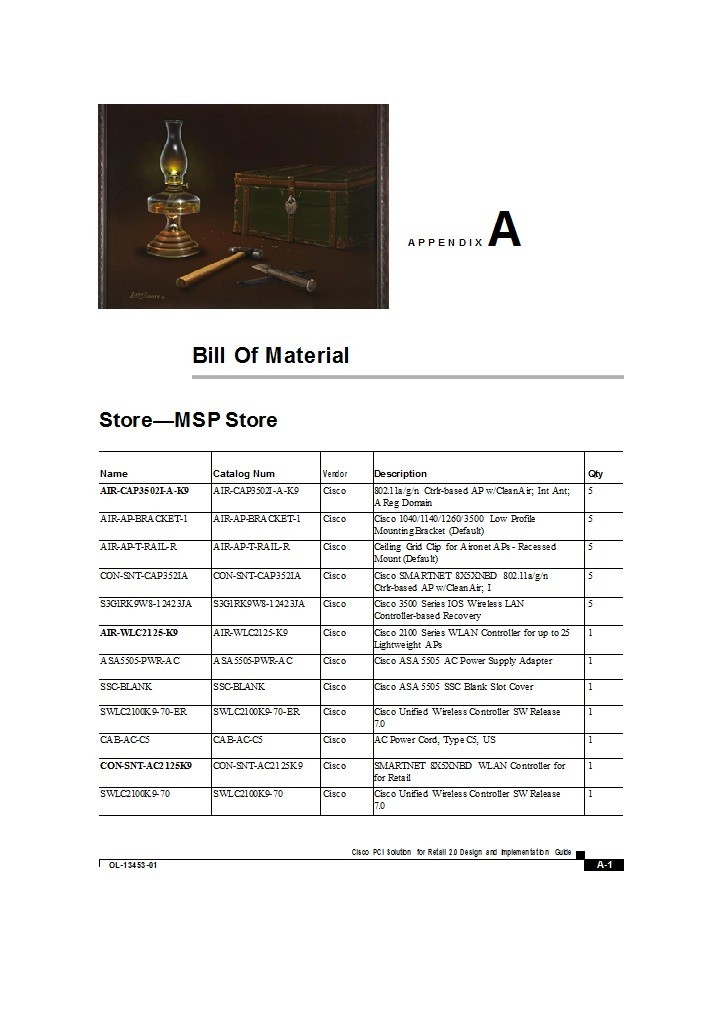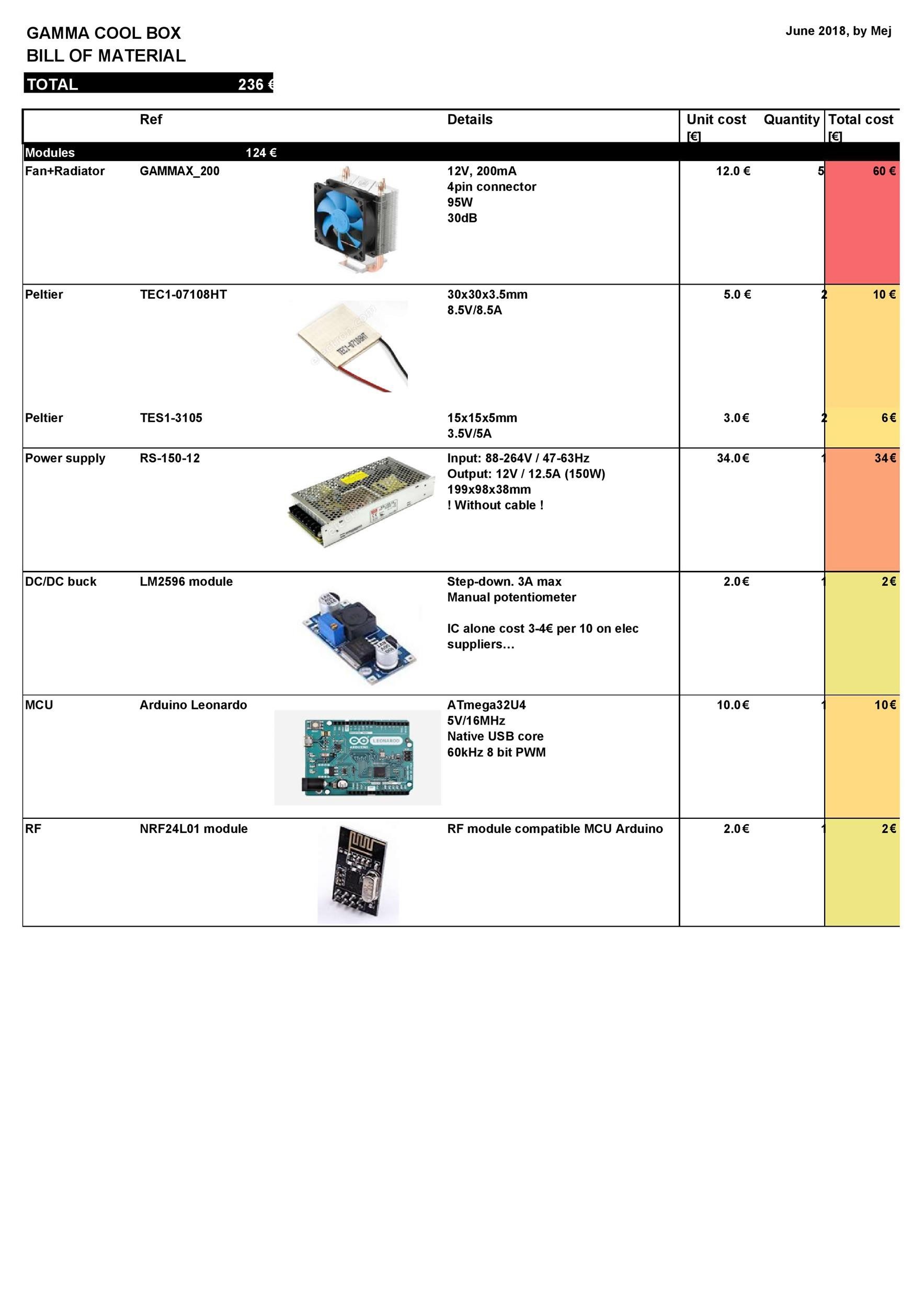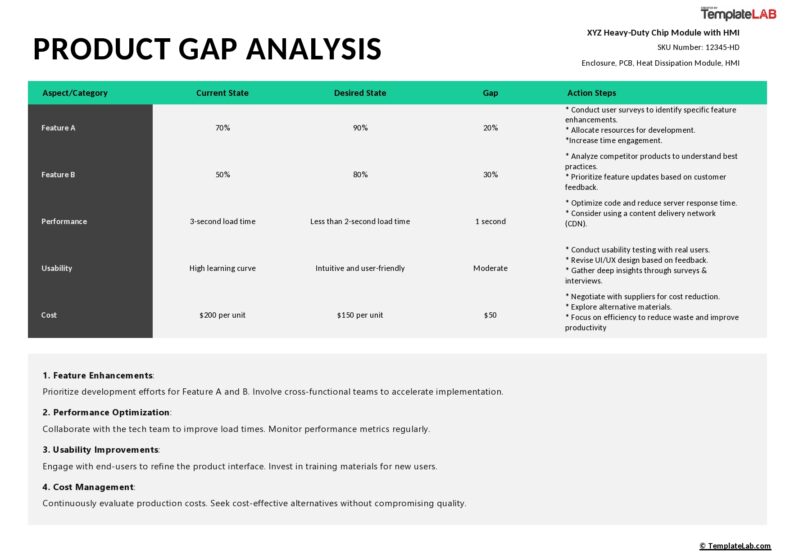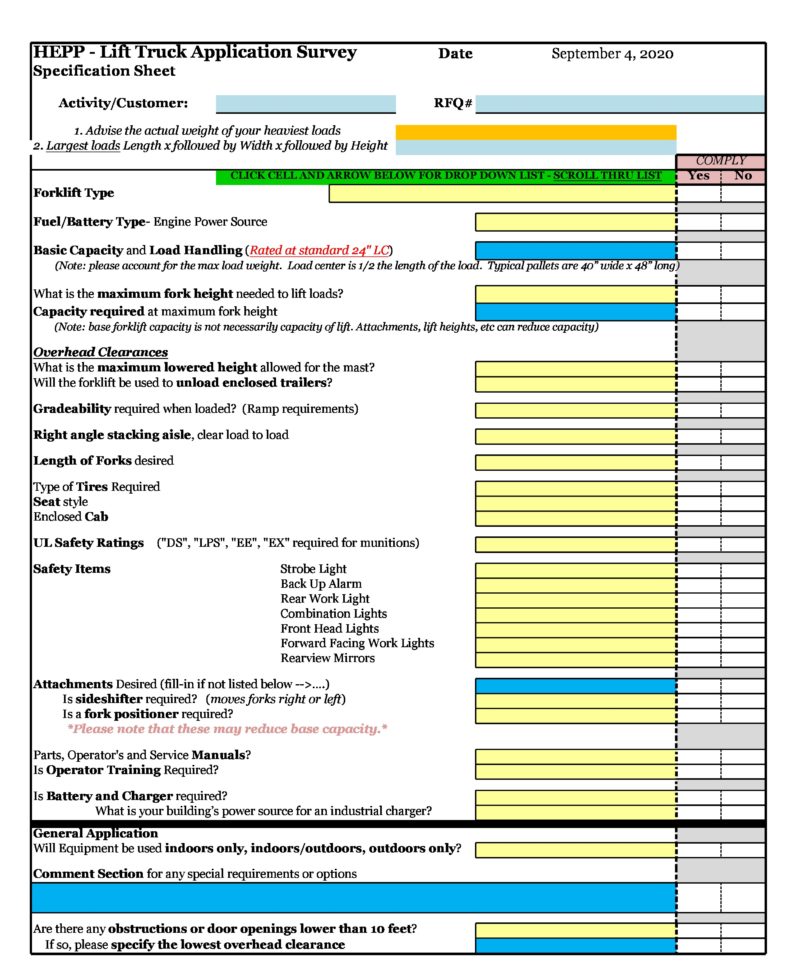A well-made bill of materials template helps ensure that all of your products consists of the same materials and they have the correct ratios all the time. There are several types of BOM templates you can create depending on your own needs and preferences. Even if your business doesn’t involve product assembly, learning about this template is highly beneficial.
Table of Contents
Bill Of Material Templates
Types of bill of materials
A bill of materials template contains all of the components, materials, parts, and even the sub-assemblies required in the creation or manufacture of products. You can think of this as the ingredient list for a recipe you want to whip up. The most common use of a bill of materials Excel template is in the engineering or manufacturing industries.
You can see a lot of bill of material examples when there’s a need to create products. However, you might not see this template too often in the creation of intangible or creative products like written works, graphic designs, and so on. The document may cover a number of stages about the product depending on how you create it.
Most of the time, several parties either depend on or interact with a bill of materials document. These parties include industry experts, external vendors, suppliers, and product or project stakeholders. Therefore, you must make sure that the BOM template you create is very comprehensive, accurate, and up-to-date.
There are different types of bill of materials templates you can create. Think about what you need and use that to decide the type of template to use. To help you out, here are some of the most common types of templates you can use:
- Modular
For this template, you make a hierarchical list of components. This helps you explain all of the sub-assemblies within the final product. Whether you create a single-level or multiple-level template, organize the components properly to make it easier for the reader to understand. - Engineering
For this template, it describes the components of the product based on the design of the product’s engineers. Unlike the other types, it shows the engineering needs of the product instead of just listing all of the needed materials. - Manufacturing
For this template, you make a list of all the physical parts required to manufacture a product successfully. The focus here is the tangible or physical parts of the product and their relationships with one another. - Configurable
For this template, you can use it for products which offer several arrangements or options. Here, you need to organize the part combinations for each of the variations of the products. - Equipment
For this template, you make a list of all the equipment and tools needed to create the product instead of the materials needed for it.
Bill Of Material Excel Templates
Benefits of using a bill of material template
To simplify the process of creating your bill of materials Excel template and make sure that you’ve included all of the relevant information, you may choose to download a template. Or you can look at some bill of material examples and create your own from scratch. Either way, you’ll benefit a lot from using this template because:
- It helps you come up with consistent processes for making orders. This ensures that you always have all of the materials needed to manufacture a high-quality and successful product.
- It provides you with flexibility and it serves as an excellent reference when you need to create similar products for the future.
- It encourages standardized communication, especially if you always use the same template each time. With the template, everyone involved in the creation of the product is well-informed about it in terms of support and materials information.
- It helps control inventory levels. The template helps you plan materials ahead of time to lower the waste.
- It also allows for the successful realization of your products. Creating this template for each production cycle helps ensure its success.
BOM Templates
Essential information in a bill of materials
The bill of materials template depends on the product or industry you create it for. But no matter what type of BOM template you make, it would contain the same basic information about each of the materials needed for the creation of the product. To make an effective template, include the following information:
- The name of the product
- The name of the material, component or part
- The assigned part number for each of the materials, components or parts to make it easier to locate.
- A short description of each of the materials, components or parts’ function to understand the need for each.
- A list of the quantities needed for each of the materials, components or parts.
- The proper metric or unit of measure for each of the materials, components or parts.
- The details about the vendor or supplier such as their names and contact details if you need to procure your materials, components or parts from external vendors.
- The cost of each unit for each material, component or part.
- The total cost for each of the materials, components or parts.
This is the basic information to include in your bill of materials Excel template. If you want to improve the template you create, you may also want to include the following information:
- The BOM level of the material, component or part.
- A photo of the material, component or part for reference.
- If necessary, a field for the approval or validation of a supplier or staff member.
- The ratio of the materials, components or parts, especially if you plan to manufacture the same product again. This is important for scaling the operations for the next runs.
- The waste percentile for each material, component or part when it’s the first time you’ve created the product. This helps you plan the materials to order for the next production cycle.
- Your own contact information along with the contact information of other people involved in the production cycle.
- A space to indicate whether you need to purchase or produce each of the materials, components or parts.
Bill Of Material Examples
Tips for making a bill of materials template
Think of the BOM template as a list of ingredients for your finished product. It contains all of the information about the raw materials or components needed to create a specific product. Just like the list of ingredients in a well-made recipe, you must be very detailed and precise with your bill of materials.
So which items should you list on your BOM? Include all of the information about each of the items you need to complete the product. Also, make sure to include the detailed description as this makes each of the points easier to understand, especially if you need materials which have different variations.
Although you’re already familiar with the materials you need for your products, it’s important to be as specific and detailed as possible because you’re not the only one who will use the document as a reference. Without the details, some of the people involved in the production cycle might not understand the contents.
In such a case, you might have a lot of people calling you or approaching you just to ask about the materials you need for your product. To guide you as you make your bill of materials template, here are some tips:
- Specify the quantities and ratios
You should list all the kinds of items which make up your finished product along with the specific quantities and ratios. Going back to the analogy of the ingredients list, imagine how you would successfully cook a dish if you didn’t know the quantity or ratio of each of the ingredients?
It’s not a good idea to leave this information up for interpretation of the reader. Otherwise, you might end up with a lot of waste after the production cycle. Don’t forget to include the units of measurements too. - Use the BOM to keep track of the costs
This is another important benefit of a BOM. You can also use it to keep track of costs, especially since you include the costs in the details anyway. Including the pricing information about the materials makes it easy to track the costs of your product.
As you create the template, write down the individual costs as well as the total cost for each of the materials. You may also want to add a date to your template since costs may change as time goes by. - Use the BOM for kits too
Even if you’re not in the business of assembling or manufacturing products, you can still create a template for any promotional bundles or special kits you plan to sell. List down all of the items in each of these bundles or kits as if you’re manufacturing them.
That way, you’ll have a better idea of every item which goes into the kit, how much each item costs, and how much you need to put together these special kits and bundles.
After creating your template, make sure to give a copy to everyone involved in the production cycle. Also, keep a copy on file to use for future reference or for the next time you need to create the same or similar products.

